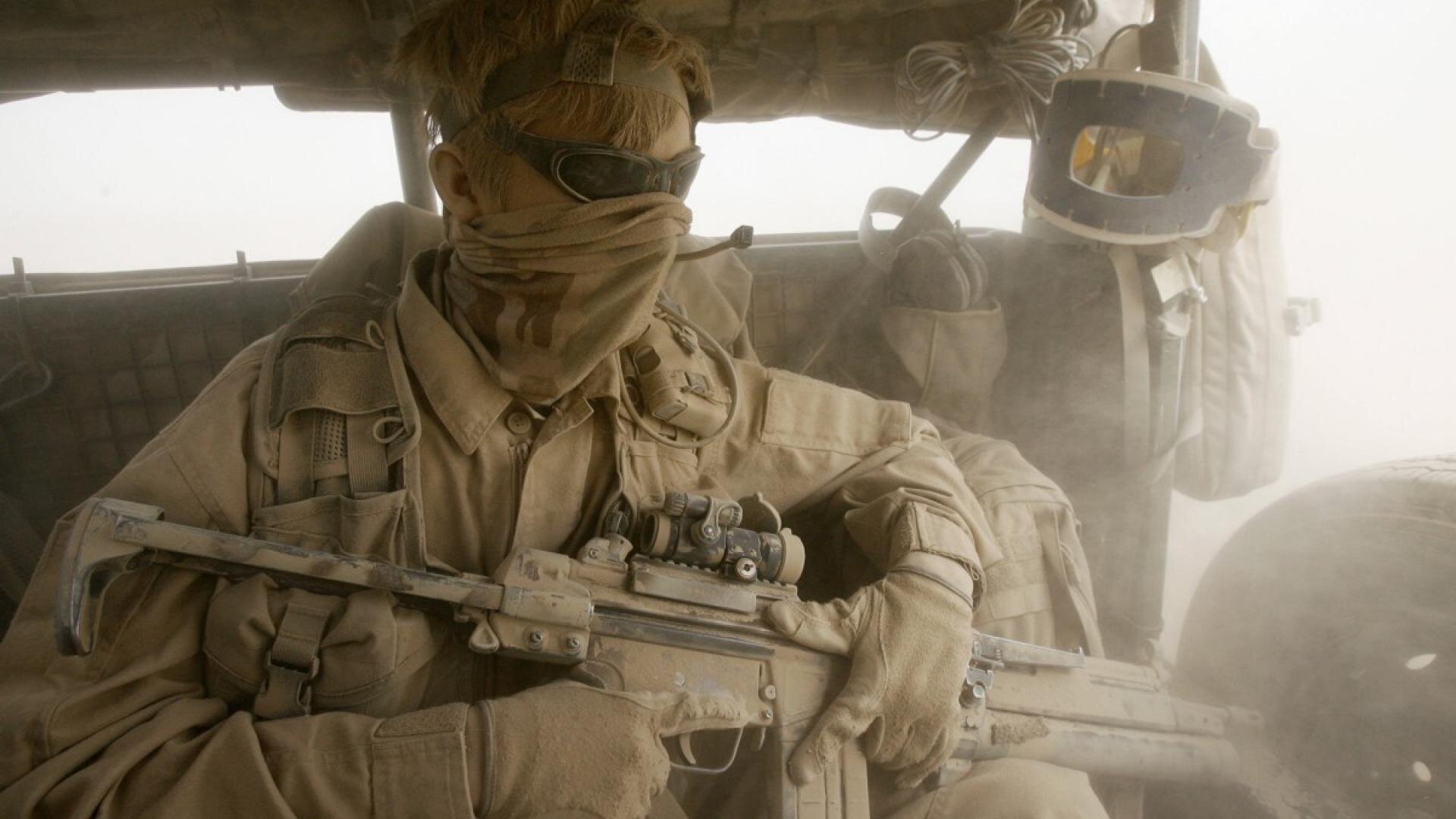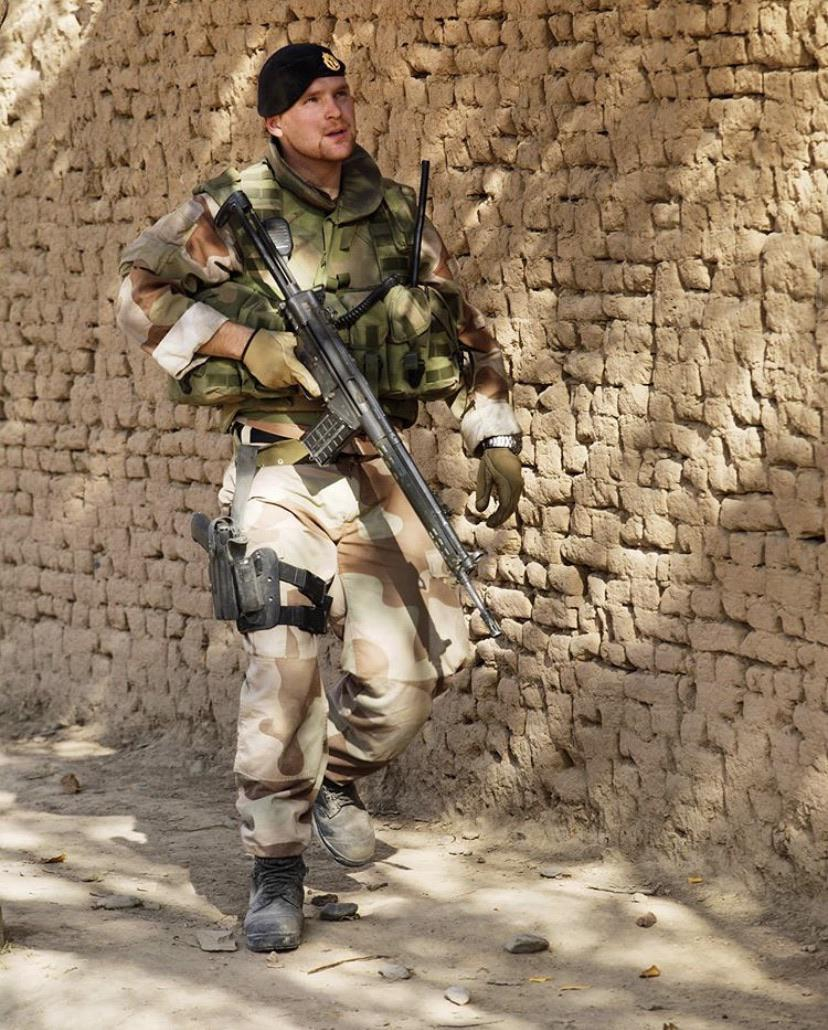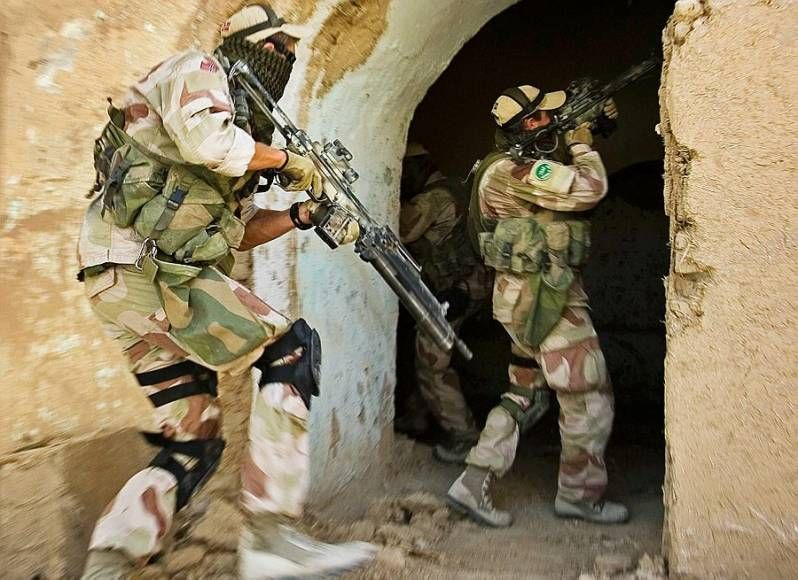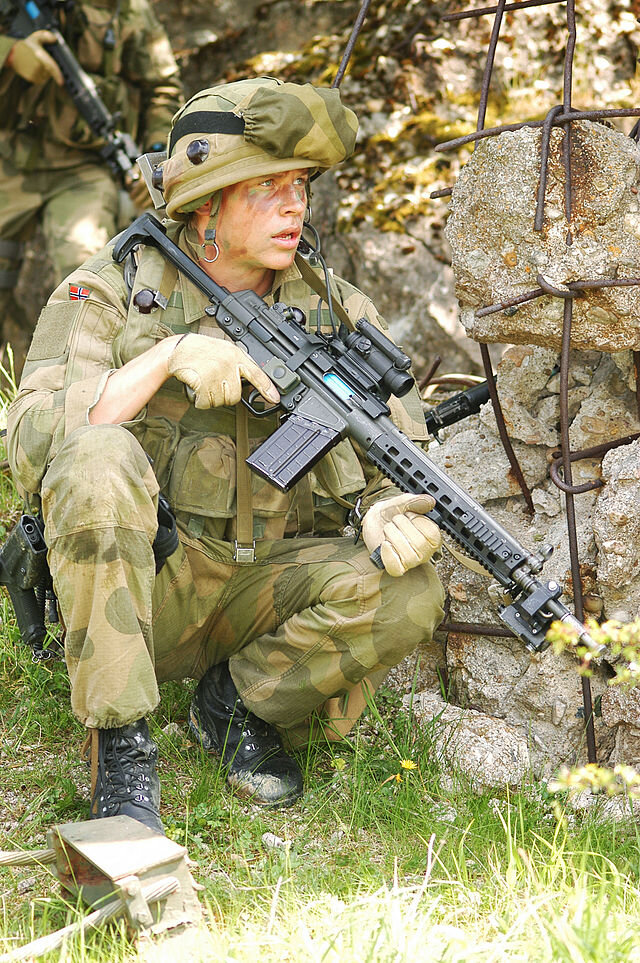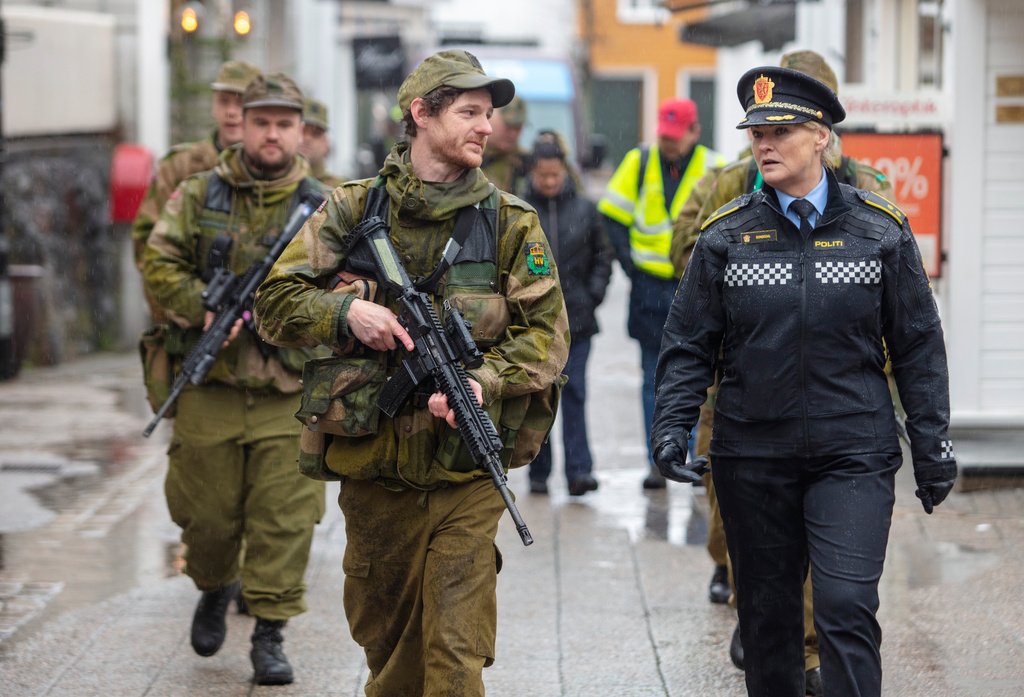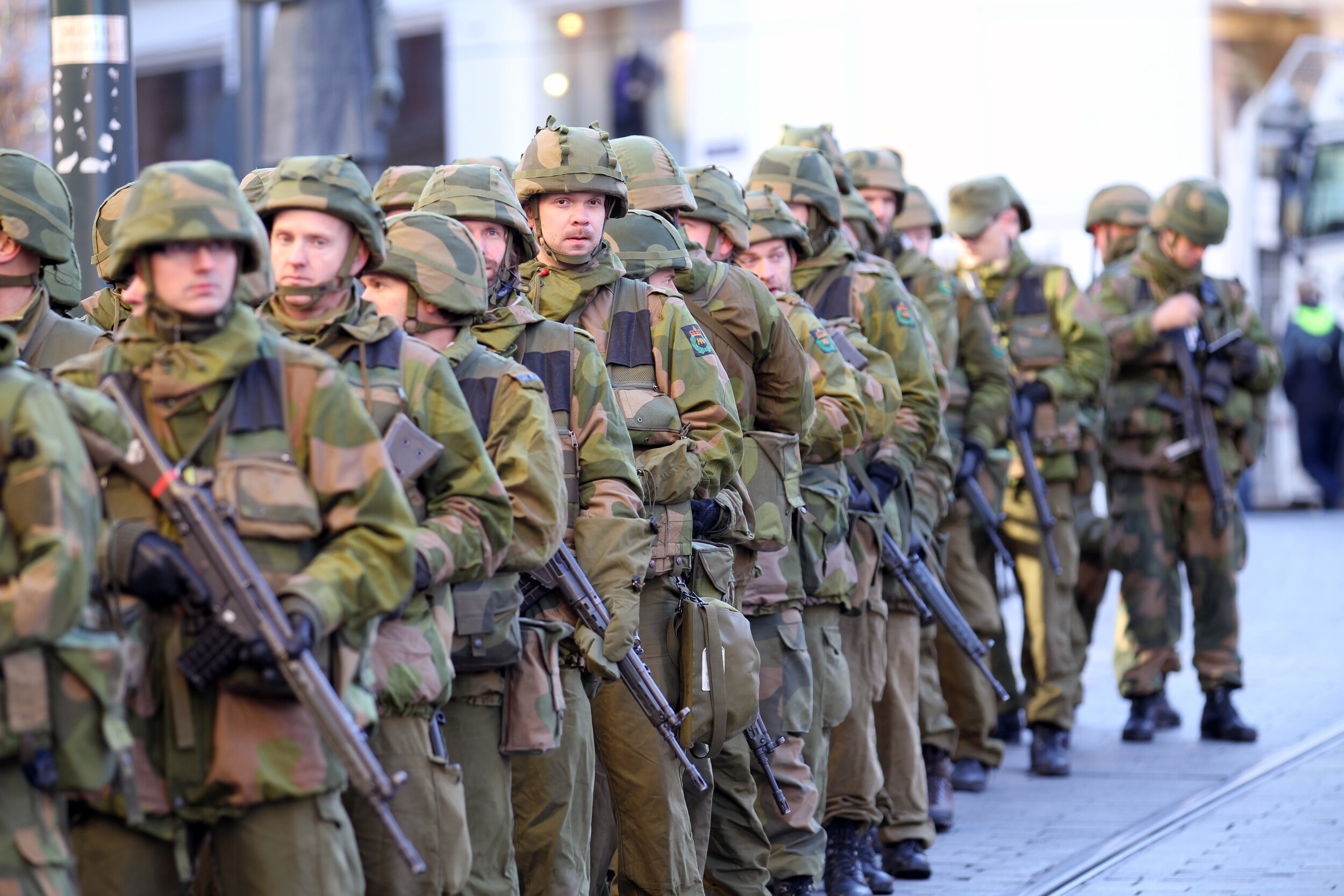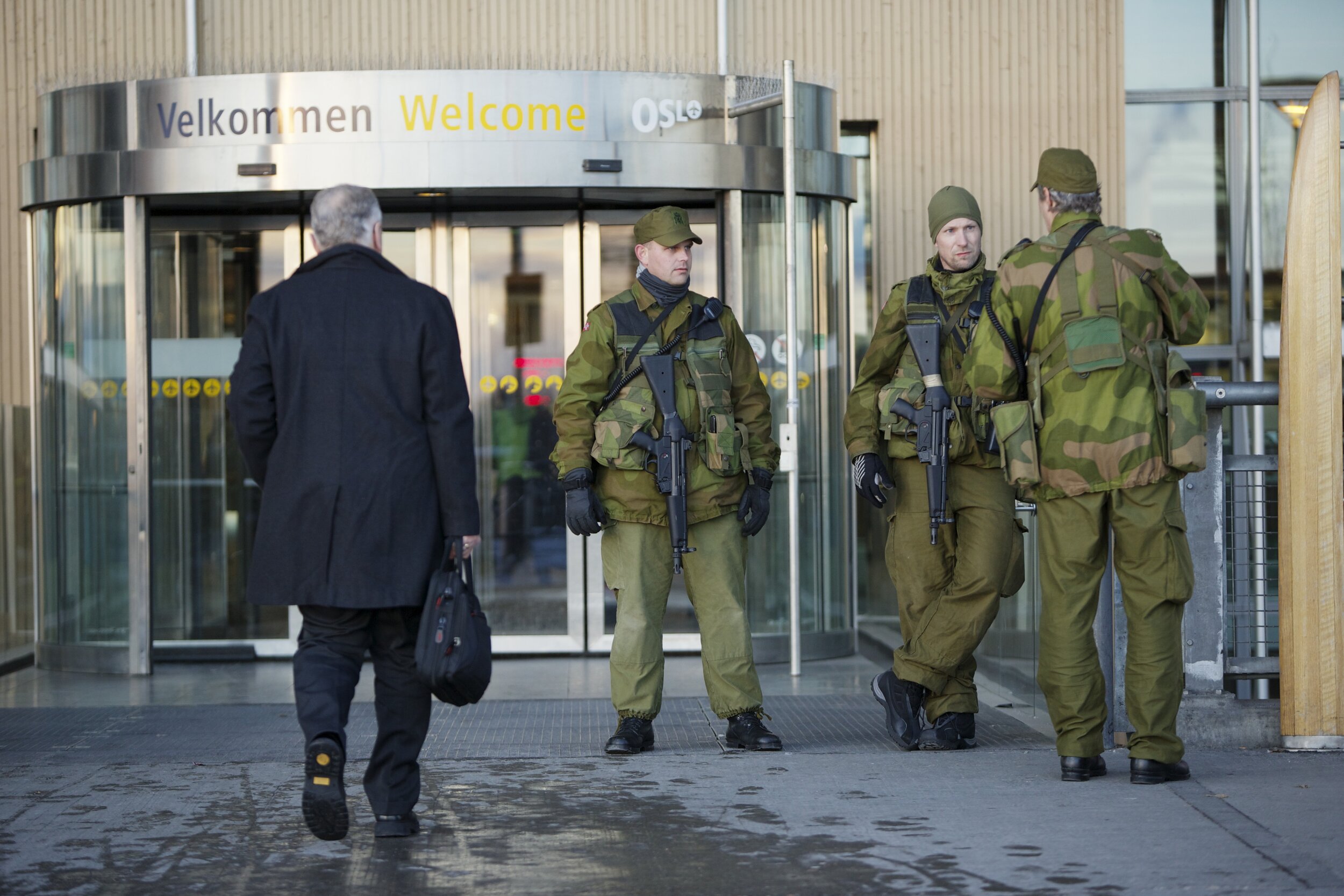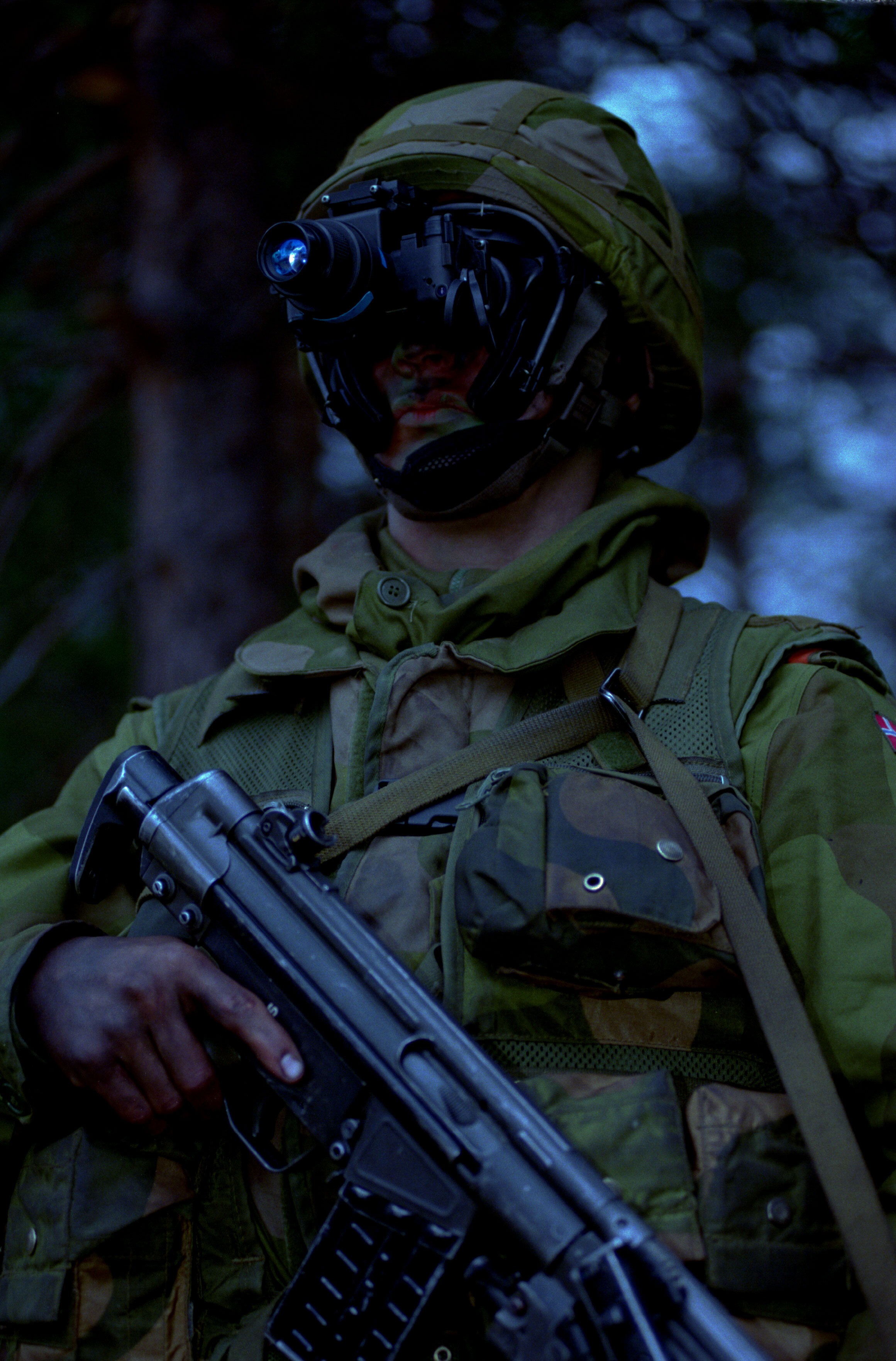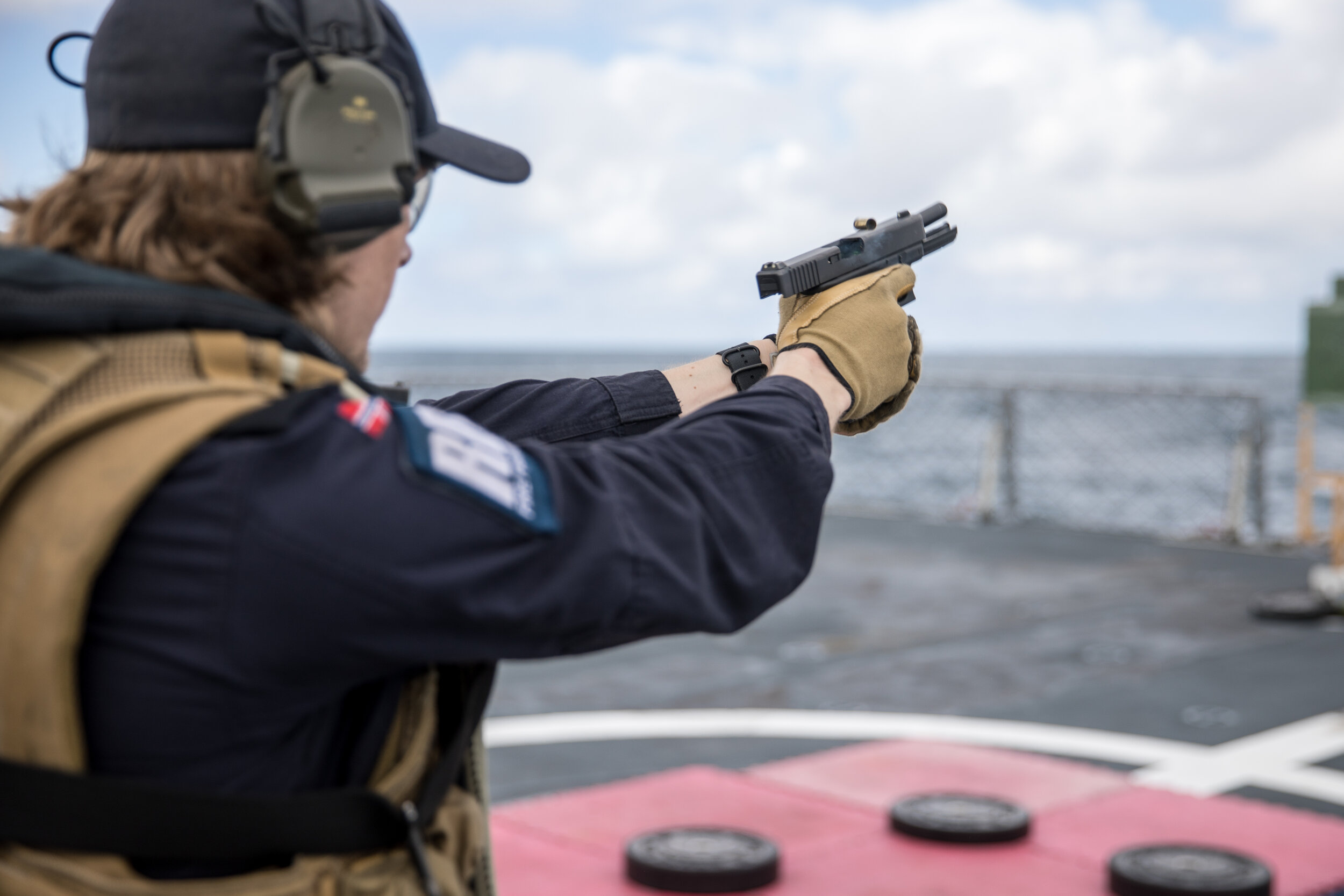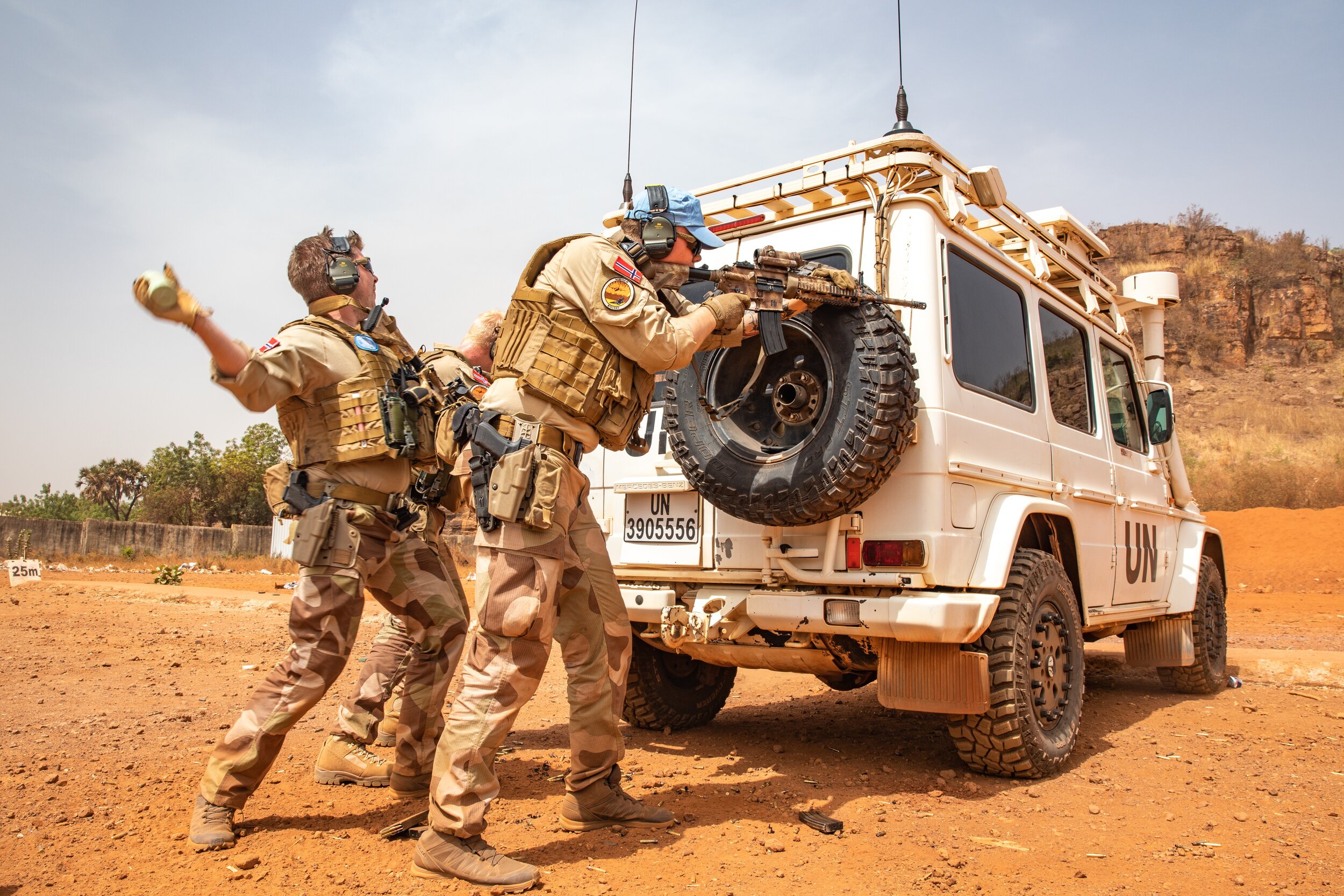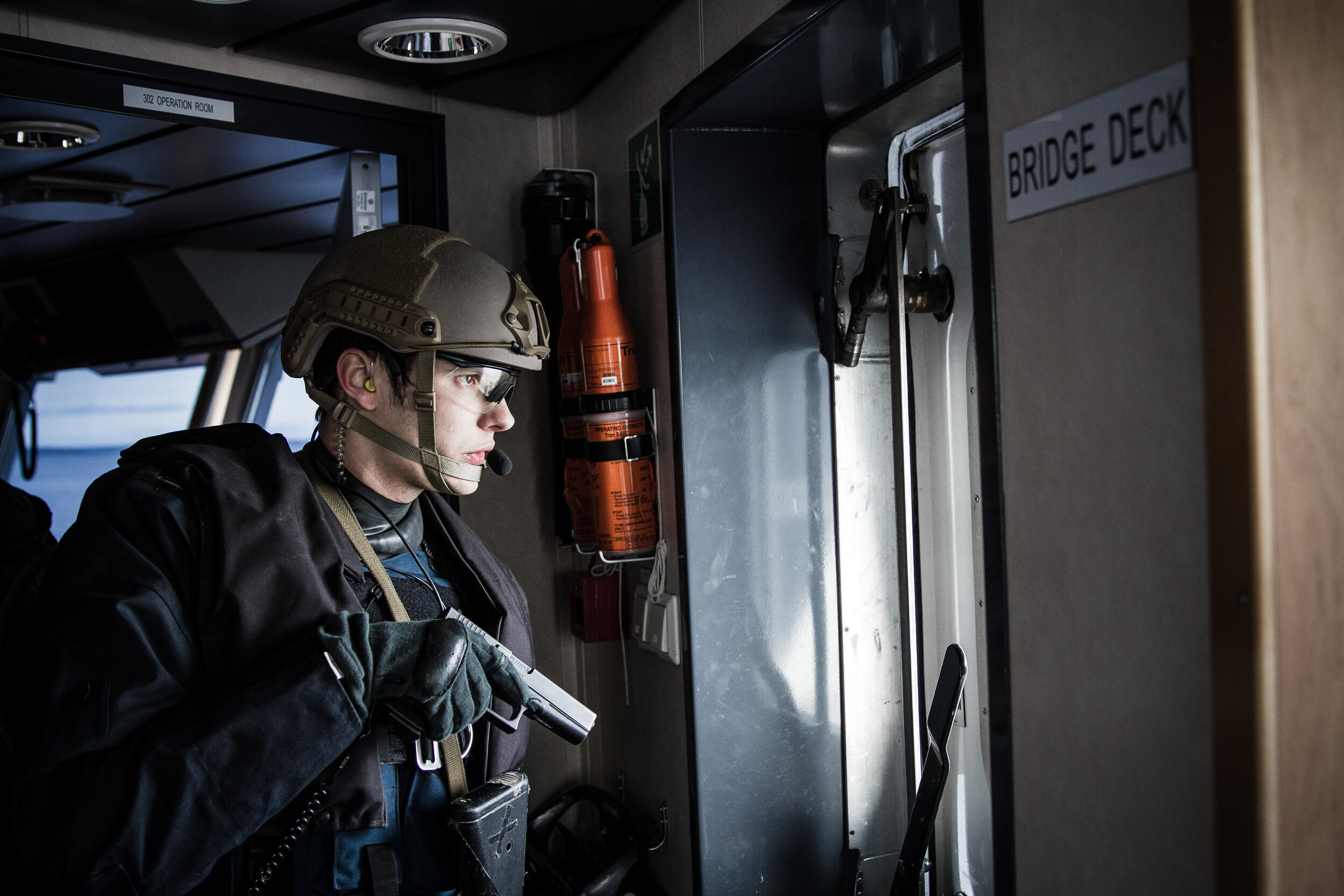Steal That Look: Norway in the Cold War
I was recently doing some research on the Heckler & Koch G3 rifle, Germany's standard service rifle from the early 1960s through the early 1990s. I was particularly interested in the other countries that adopted it and how they used it or if it was still in service. From there I found the AG3 or Automatgevaer 3, which is Norway's designation for their domestic production G3. Out of all the ones I had seen so far, I found the AG3F2 variant the most interesting just because I thought it looked the coolest. What really got my attention was a picture I saw that looked like it was taken some time in the early- to mid-Cold War, maybe late 60s. The part I found interesting was not the subject matter but that the picture was actually from the mid 90s!
The resulting deep-dive into the origins and use of Norwegian military equipment of this era was driven by one question: Why would a first world NATO member state who is being routinely harassed by Russia be using such outdated equipment? The simple answer: When you're a relatively small country that can only spend what is necessary on defense, you don't try to fix what isn't broken. Let's break down what was actually used and try to get some insight as to why it's still around. All the pictures in this article are from the Forsvaret Mediearkiv, the official archive from the Norwegian armed forces. You can peruse for yourself at https://mediebank.ntb.no/p/forsvaret
At the heart of the standard equipment is the M/75 uniform, which is a camouflaged set of jacket and pants in a dull woodland camouflage and was used by Home Guard units until around 2000. The M/51 uniform that M/75 replaced was a nearly perfect copy of the American M43 uniform from World War 2. M/75 also came in an OD green color early on that was very similar to the M/51 pattern. The overall look of M/75 has not changed to this day although in newer M/98 pattern uniforms the camouflage pattern is brighter and lighter materials were sometimes used. The camouflage pattern is named Norwegian Woodland and also sometimes called simply "N Kamo" or erroneously called by the name of the uniform (M75 or M98).
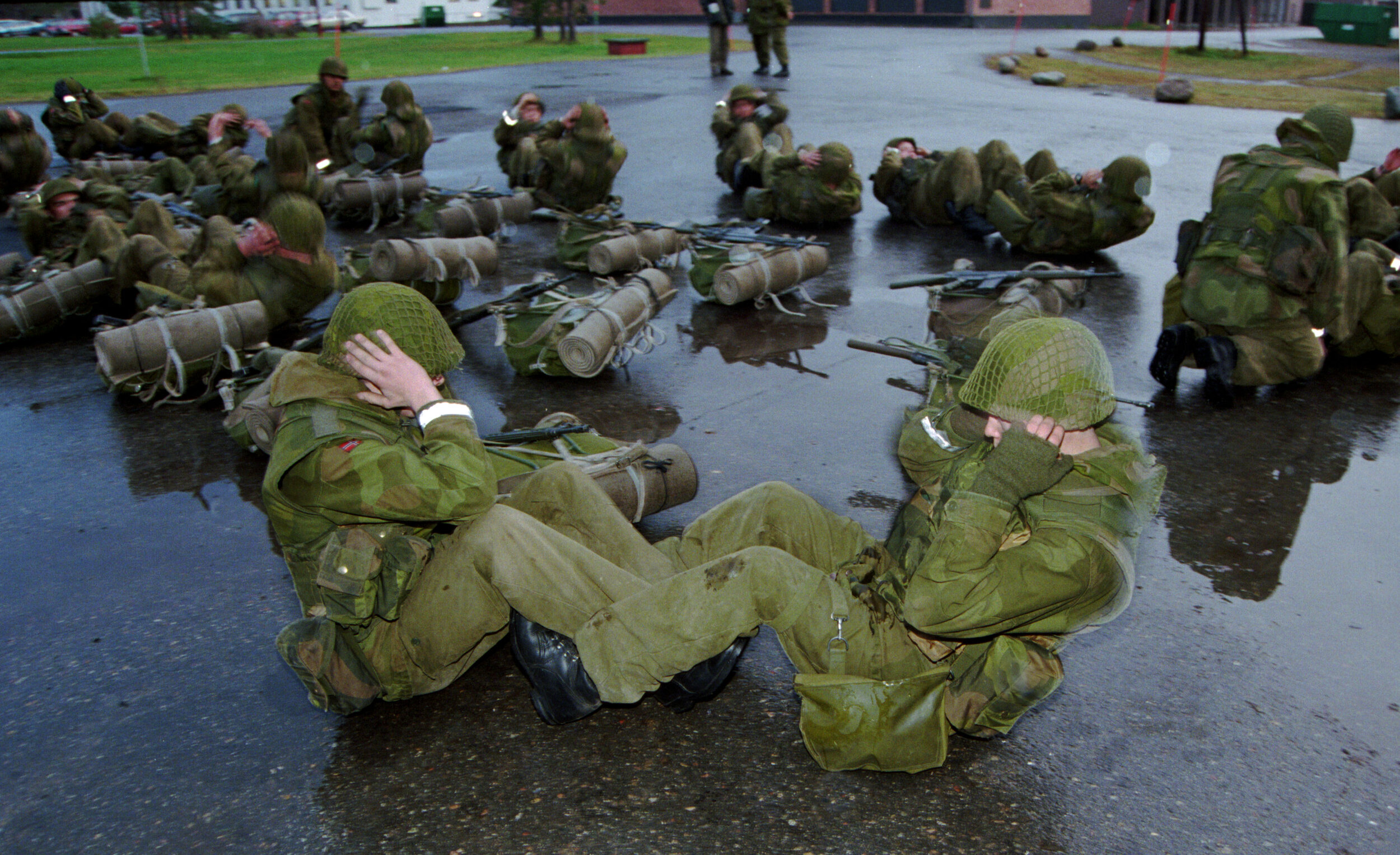
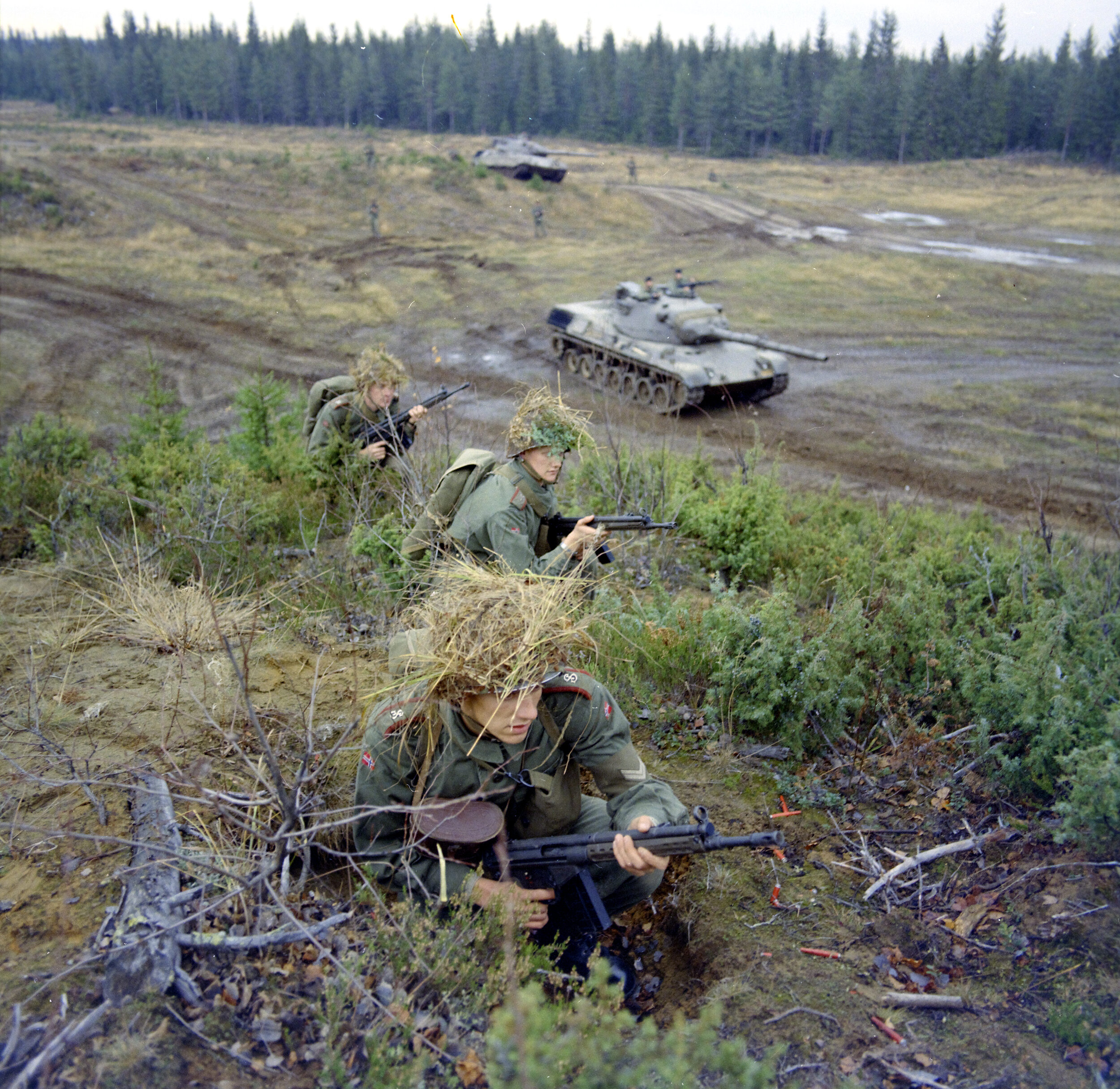
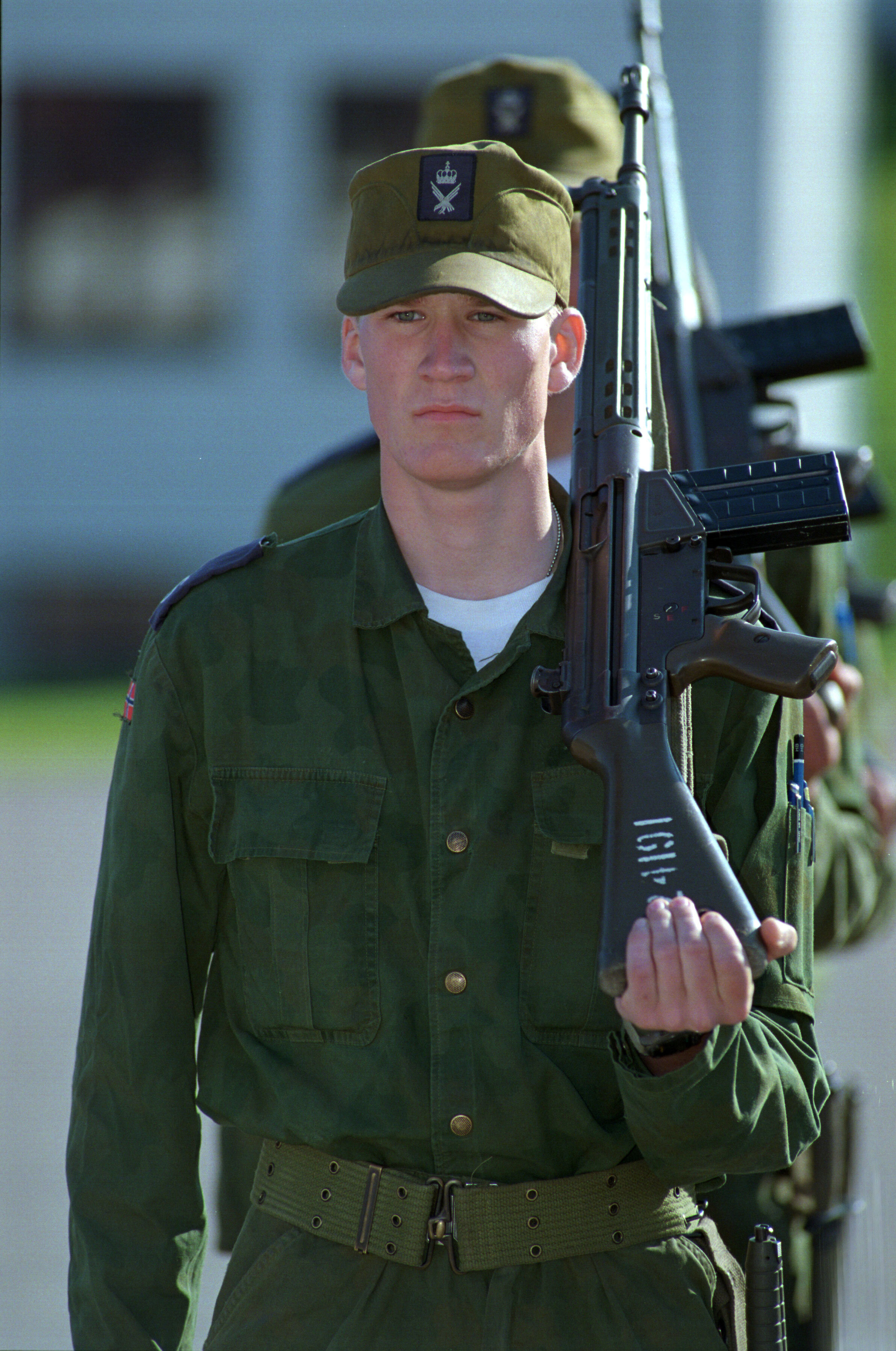
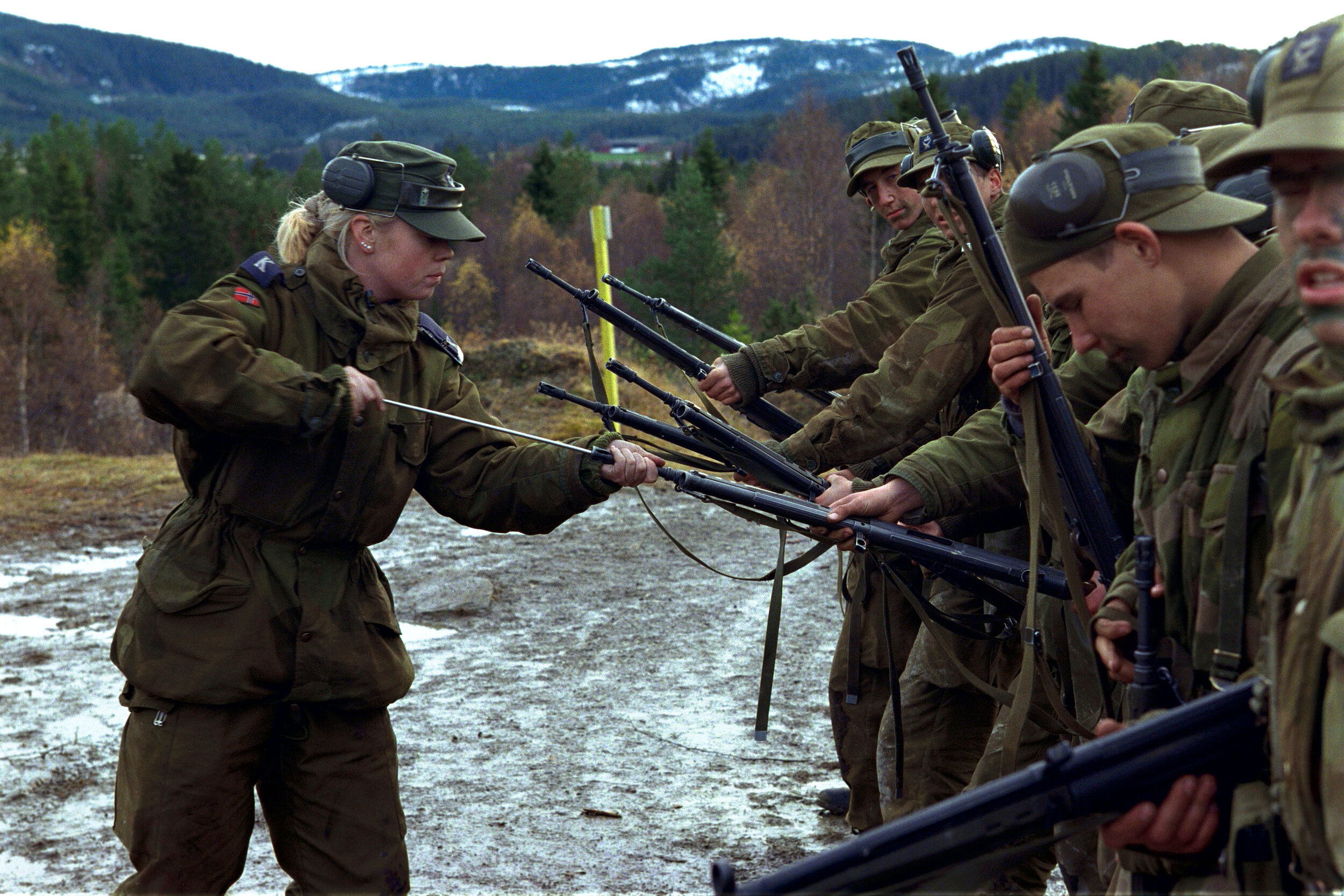

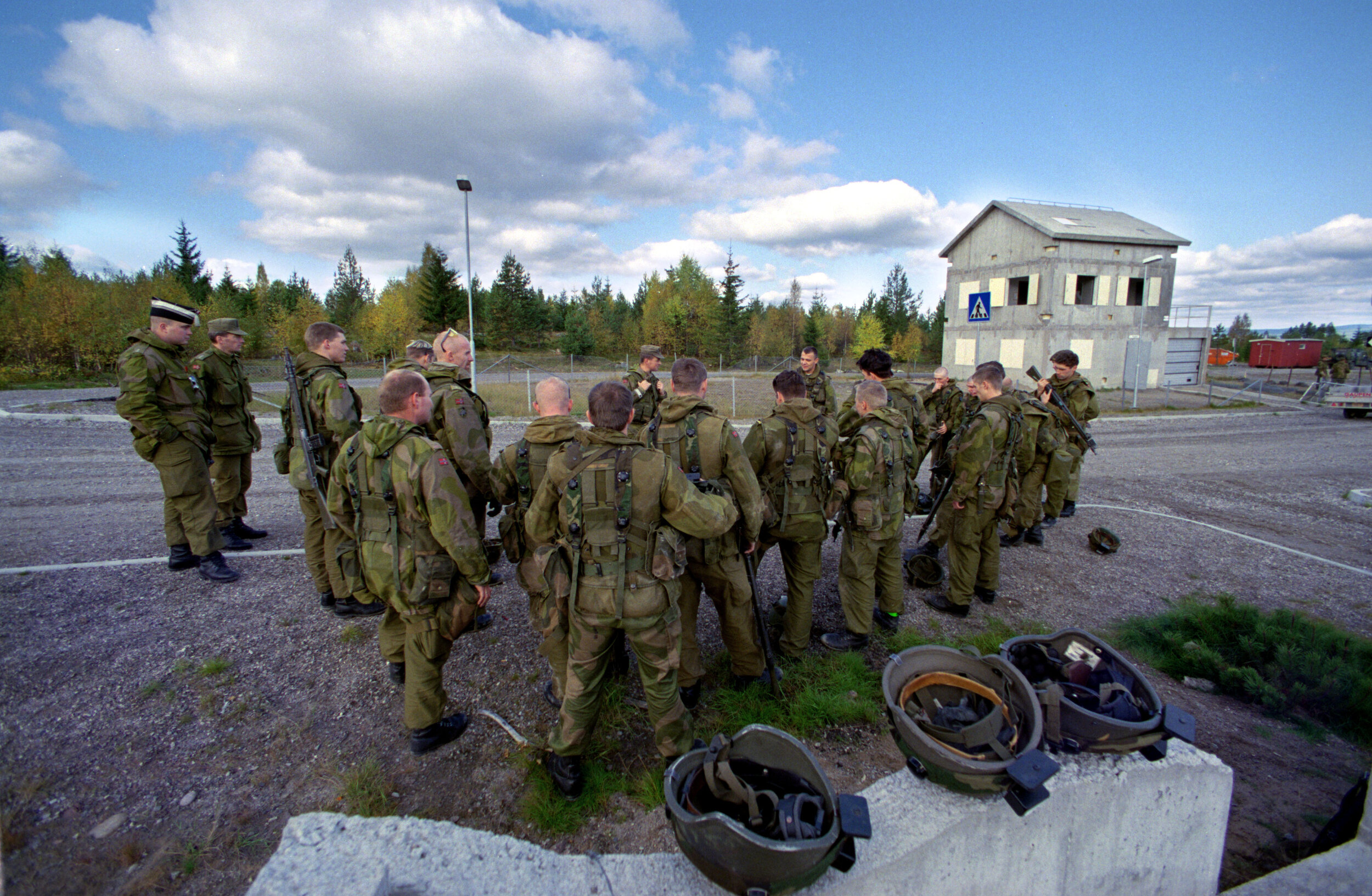
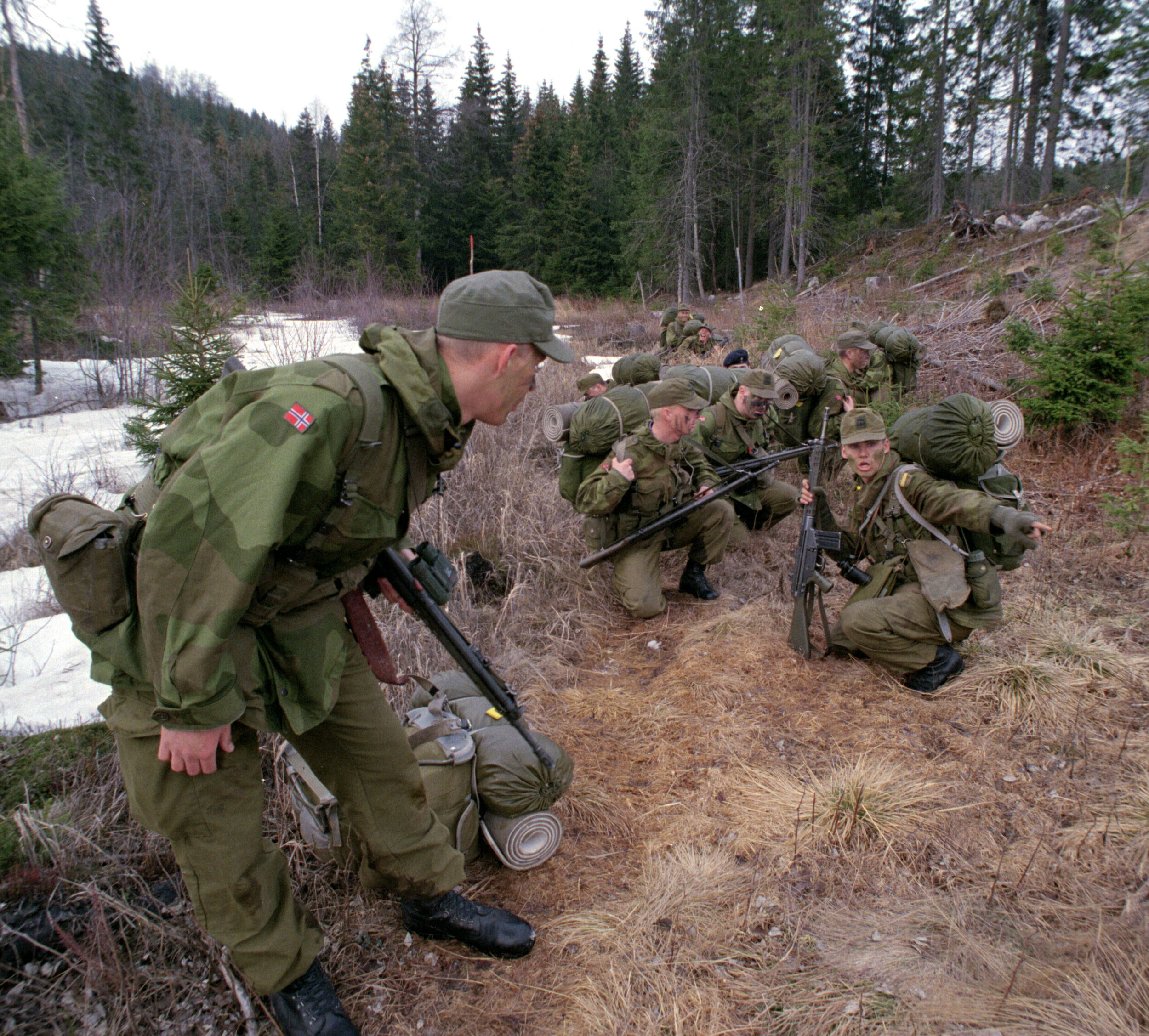
Now on to what I believe are the most interesting parts of the ensemble: the belt and suspenders. They are most commonly of the American M1936 pattern, although later patterns like M1945 have been used. These were all American surplus given to Norway after World War II and as far as I can tell it was never necessary to source replacements or make a domestic copy. The primary way to tell if a set of M1936 web gear was used by the Norwegians is to look for paint and electrical tape. The khaki belts were often painted green to match the uniforms and the loose ends of the suspenders were tied down with regular black electrical tape after adjustment. Domestically produced suspenders were also used in place of M1936 suspenders, but they are both equally as common depending on the time period. The AG3 magazine pouches seen in these pictures are domestic production and were only used by Norway, but the entrenching tools and pouches were also various surplus, usually American. A standard combat load seems to be 4+1 20-round 7.62 NATO magazines, a 1 quart USGI-style canteen, and the e-tool.
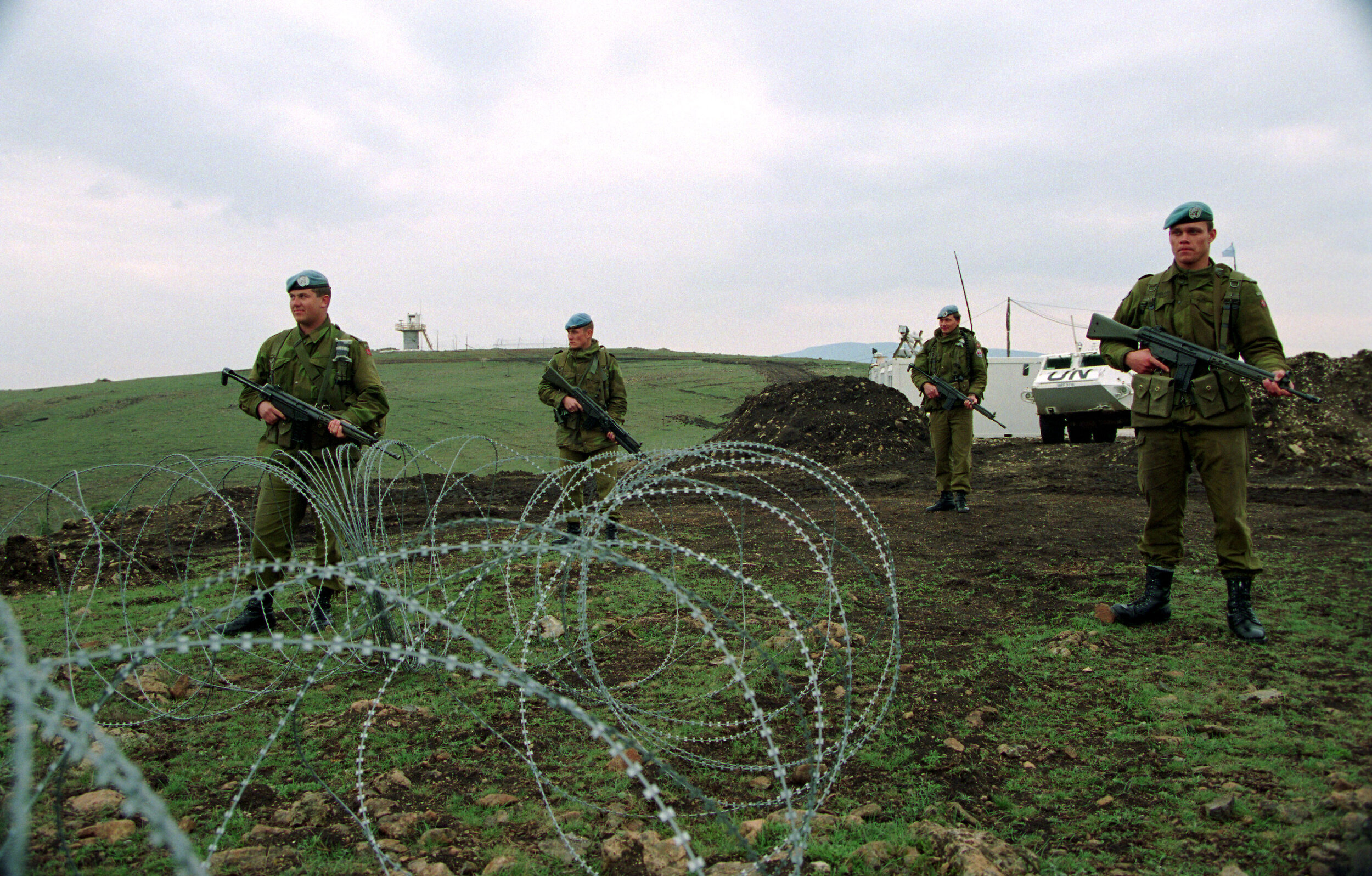
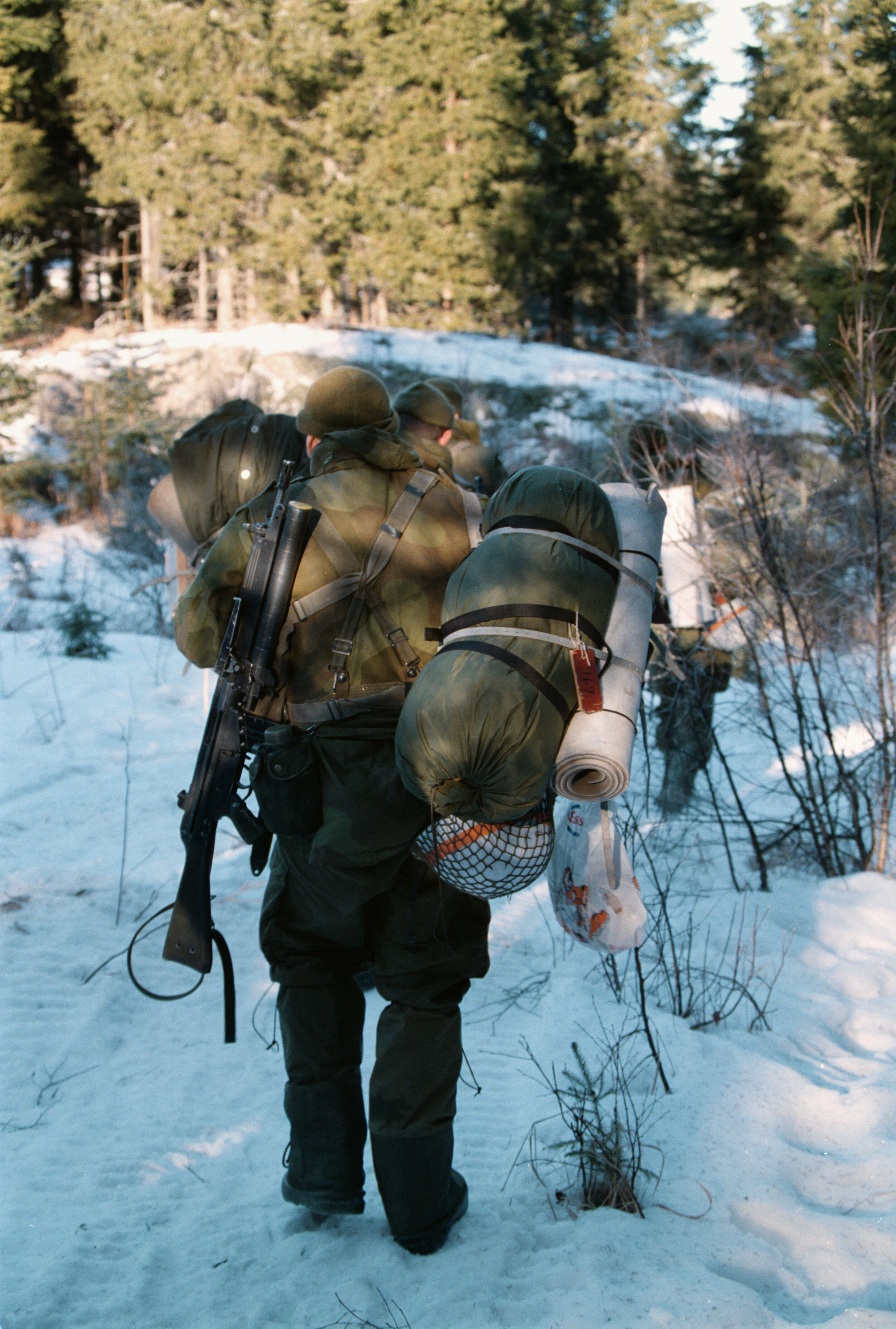
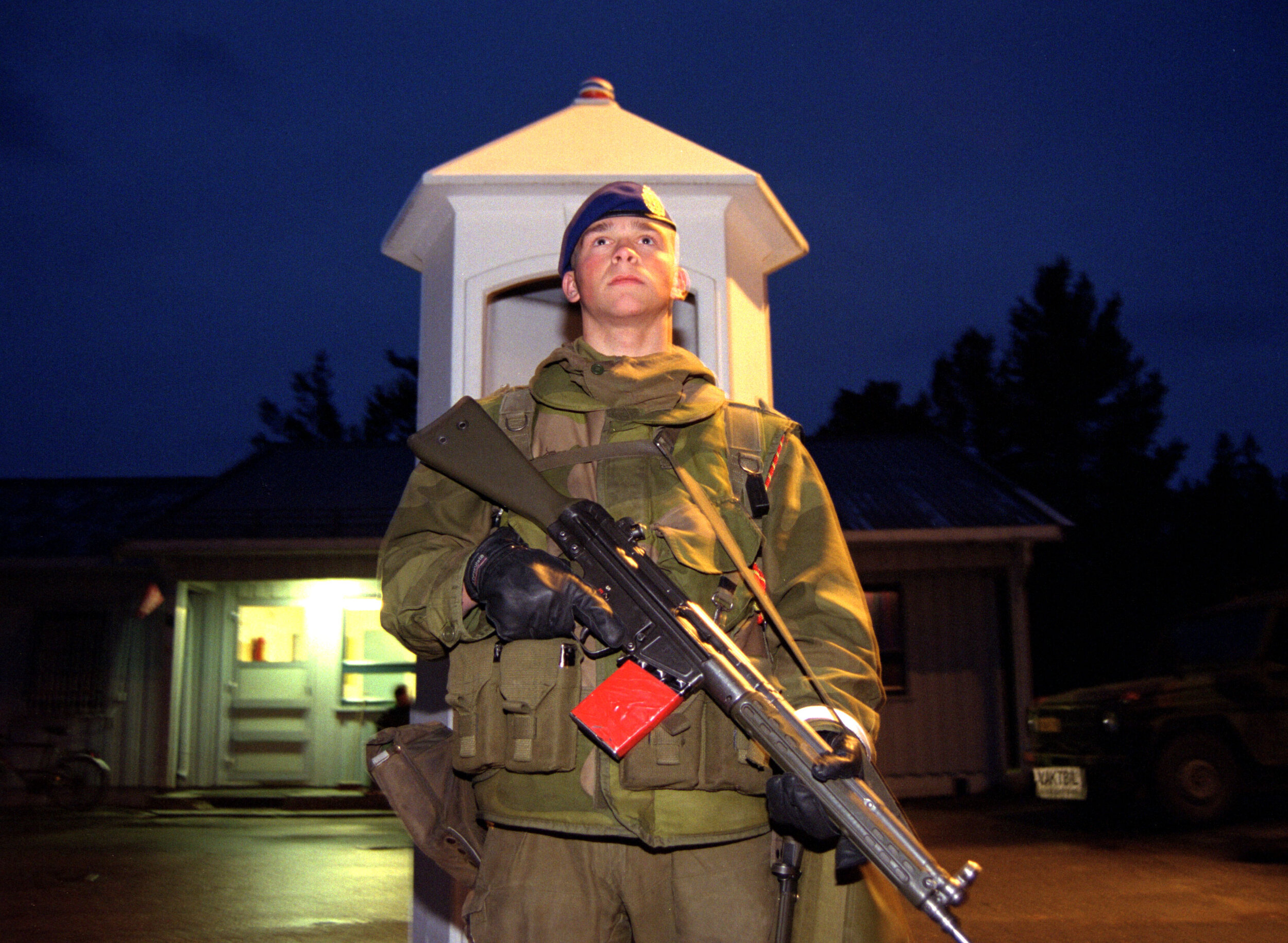
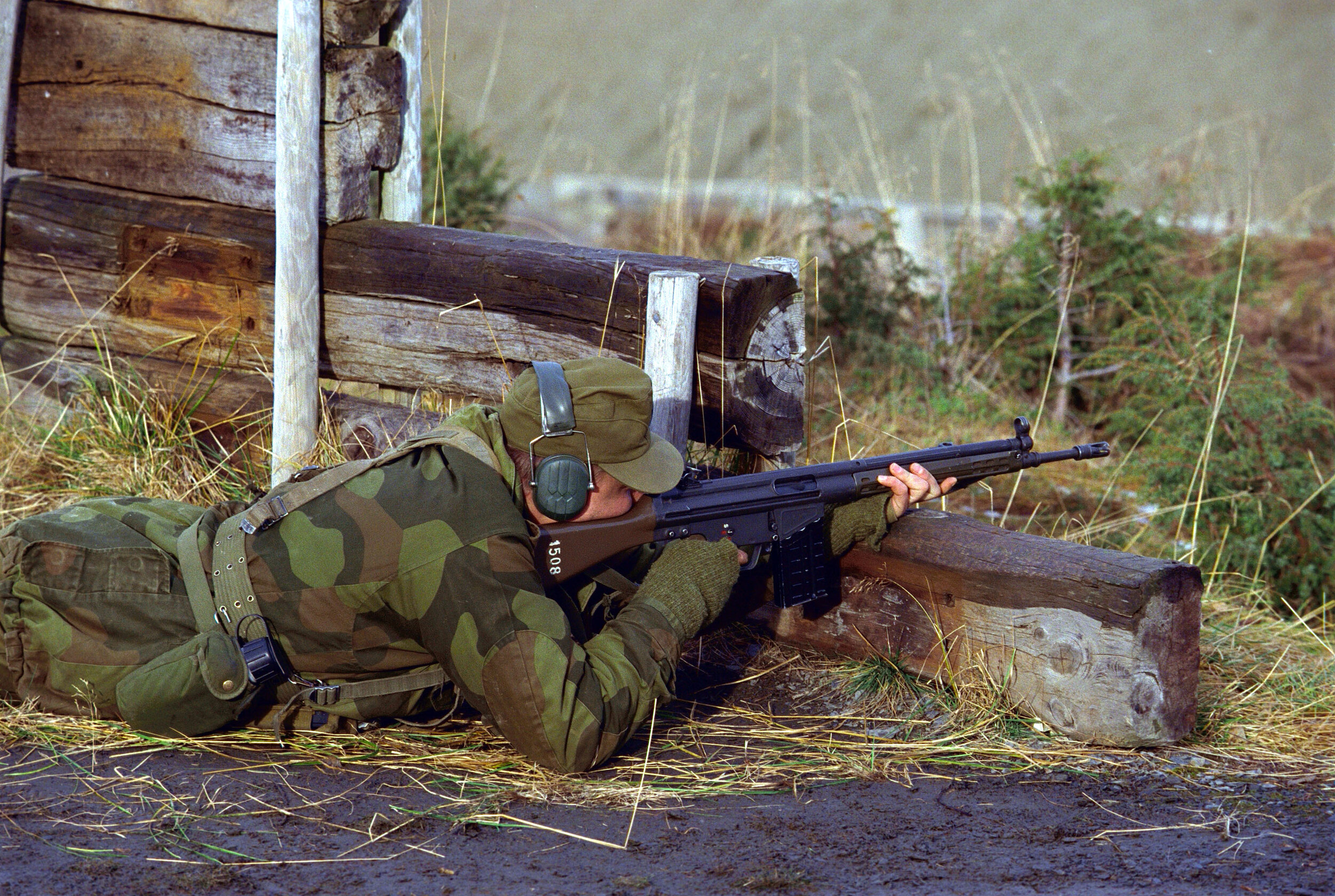
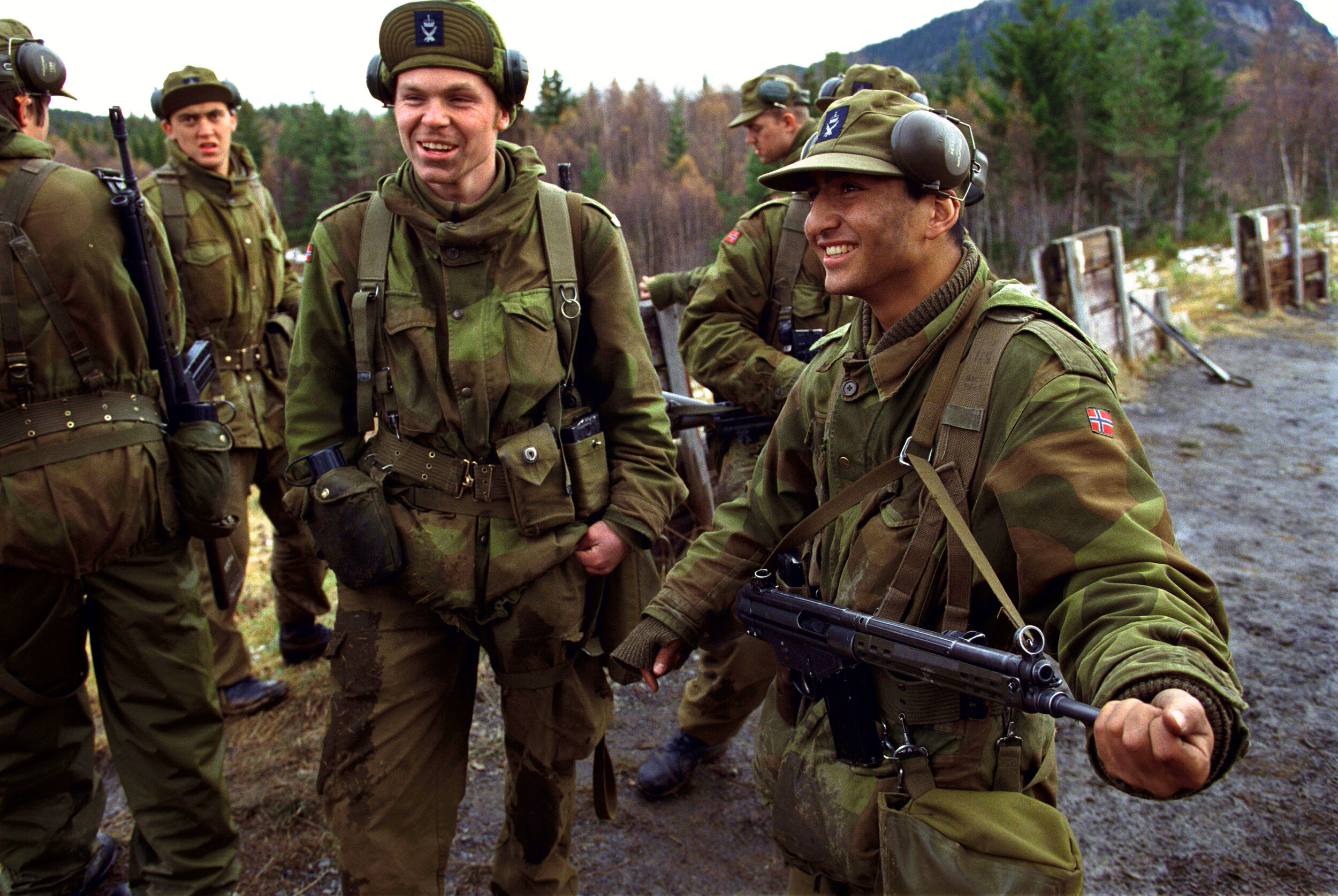
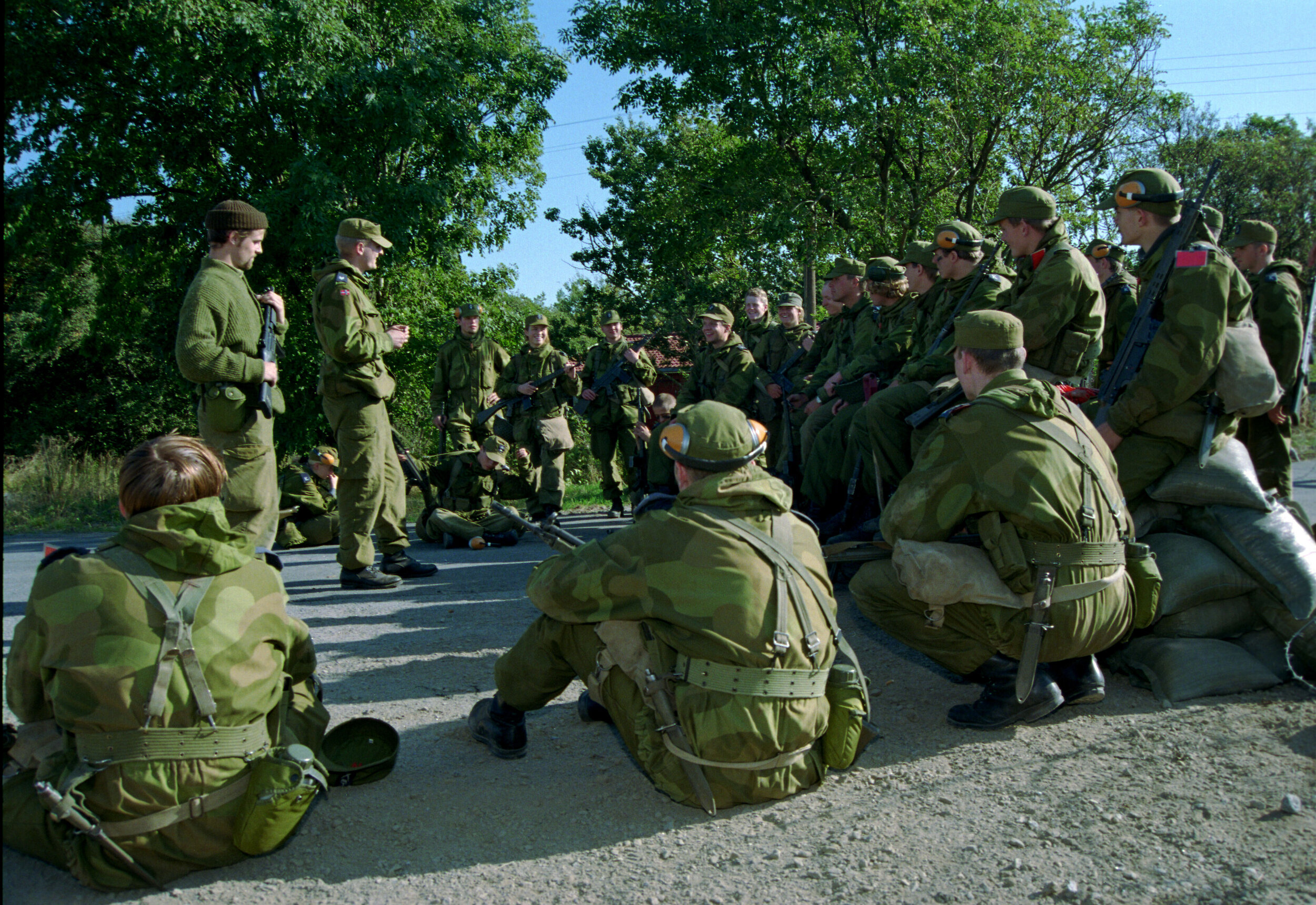
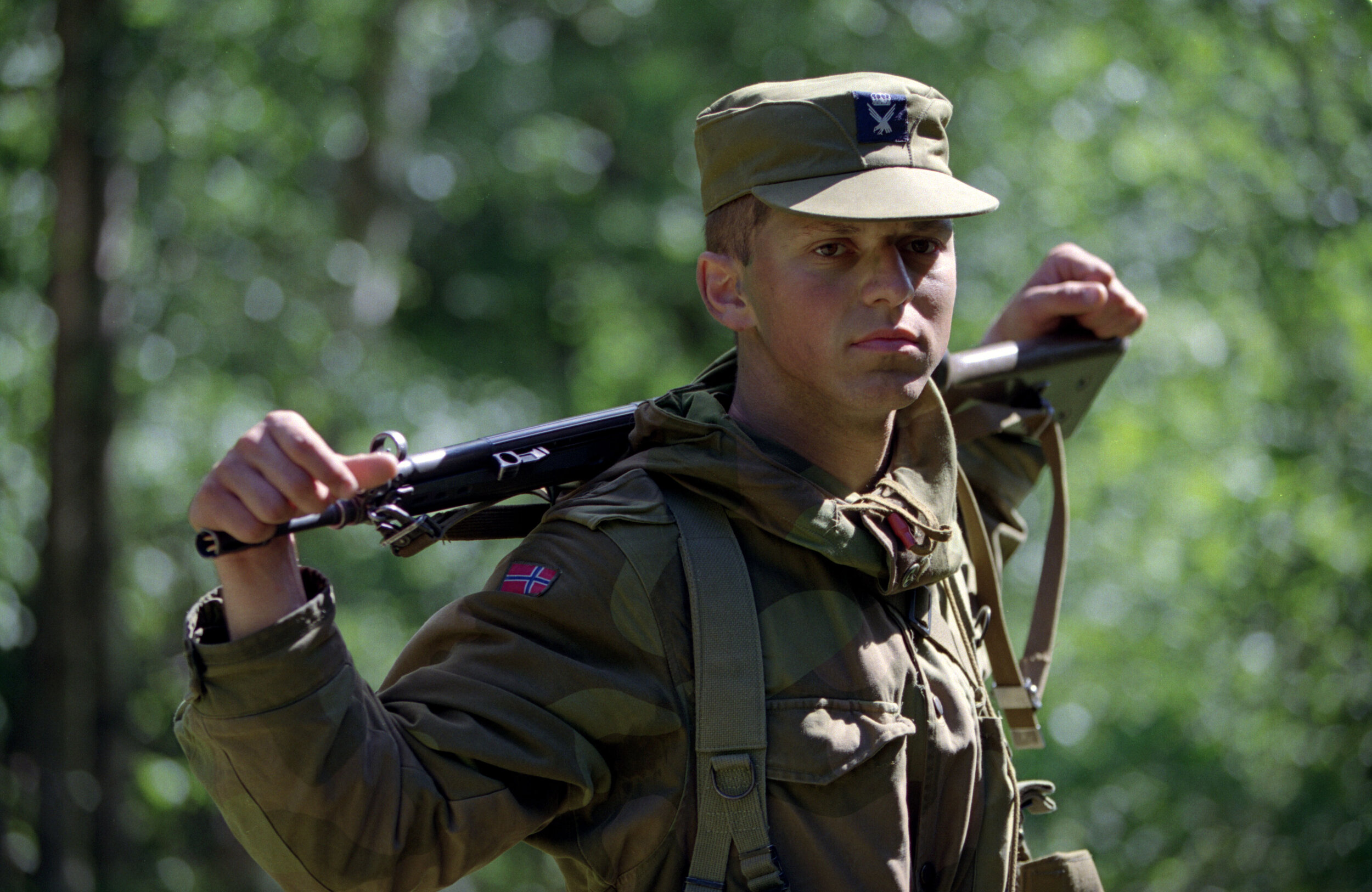
Speaking of magazine pouches, I could not find any pictures of handguns in use prior to 1998 or so, before the adoption of the Glock 17/P80. I've been told that before then, service pistols were a mishmash of Norwegian 1914 pistols (license-built 1911s) and captured or surplused P08 Lugers, 1911s, and others. I am assuming in those cases the individual soldiers would use whatever was on hand to hold their magazines, like surplused US 1911 magazine pouches or domestically produced 1914 pouches. As I said, I could not find many pictures of sidearms in use, so most of the pictures shown here are very recent.
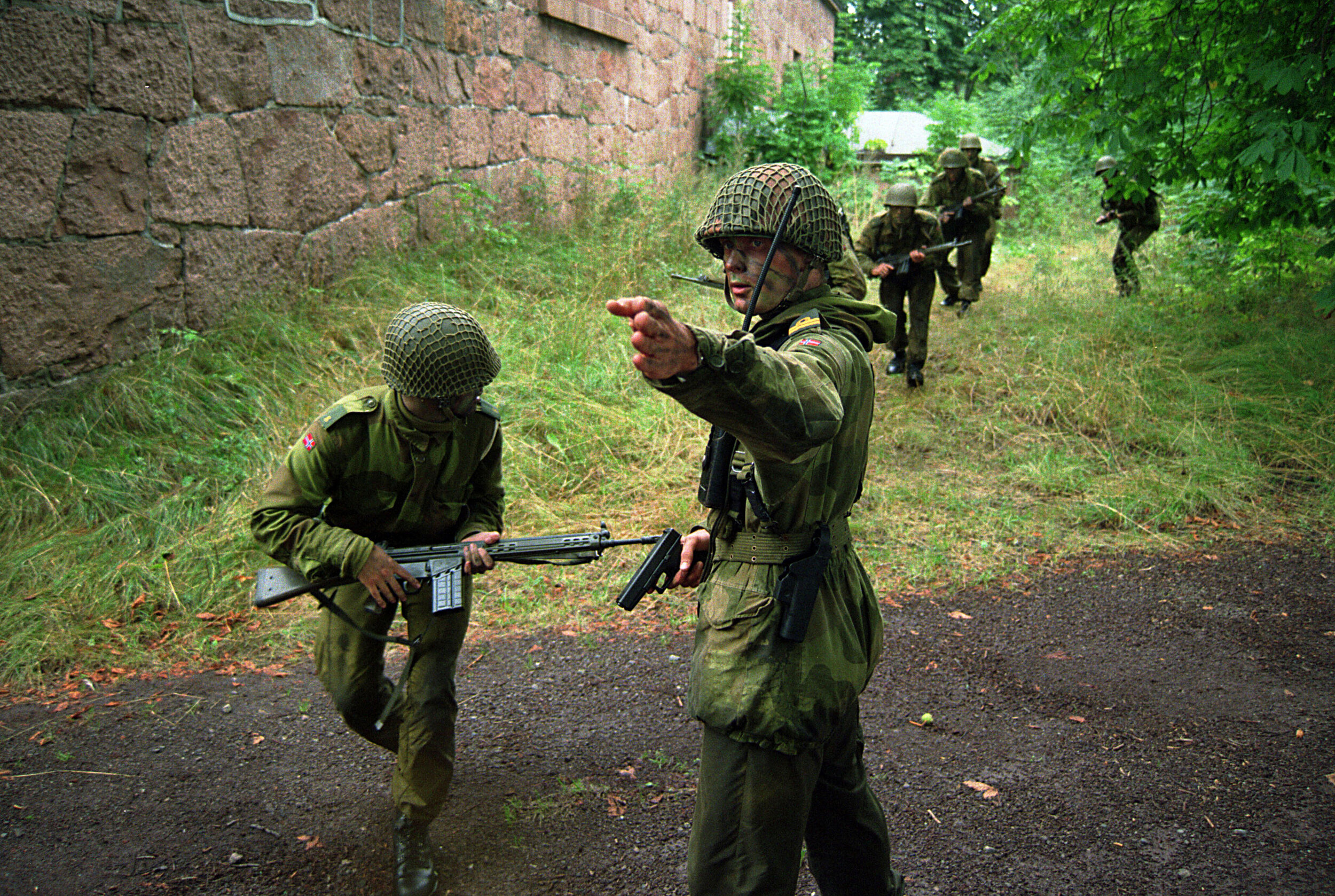
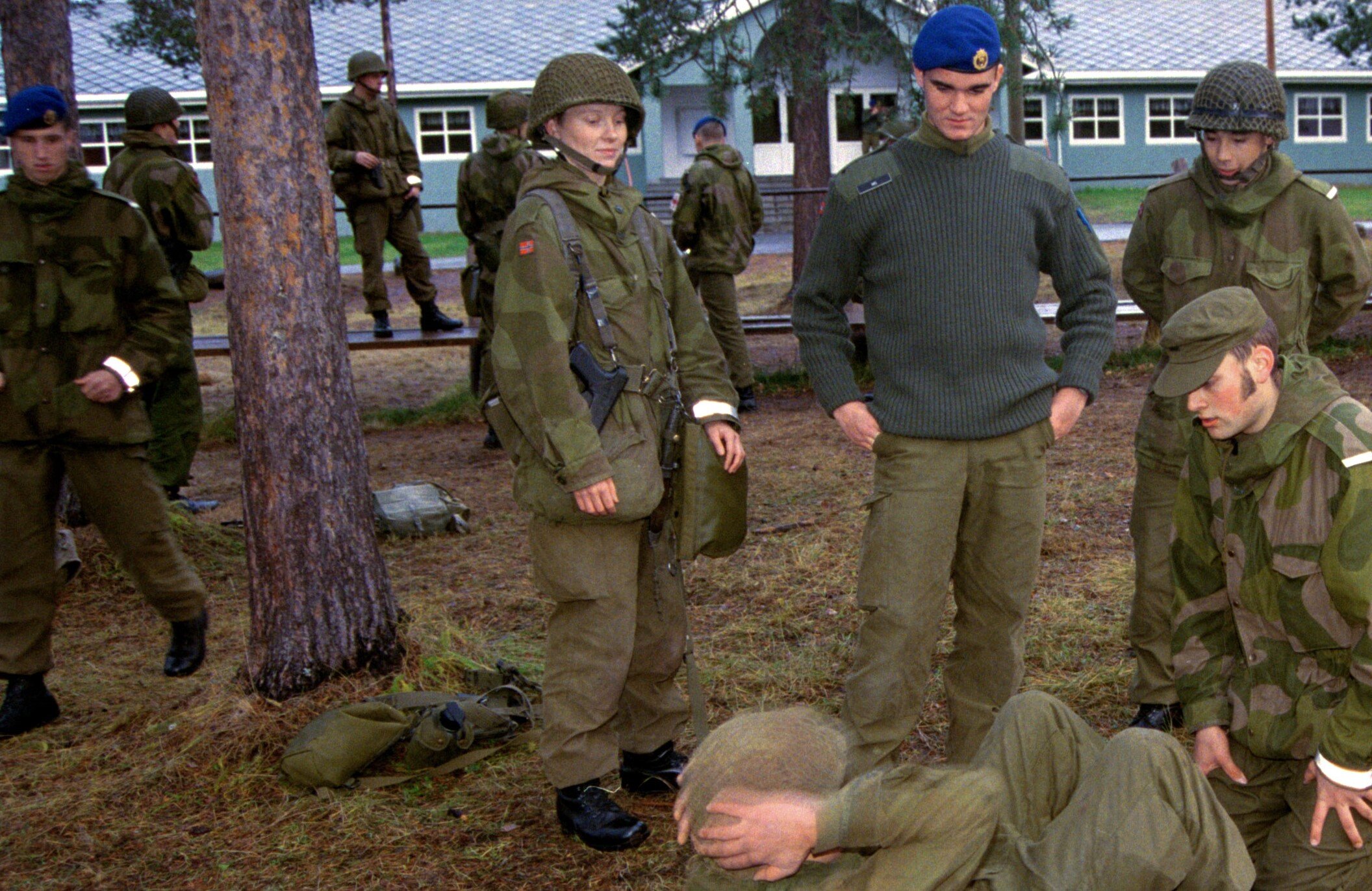
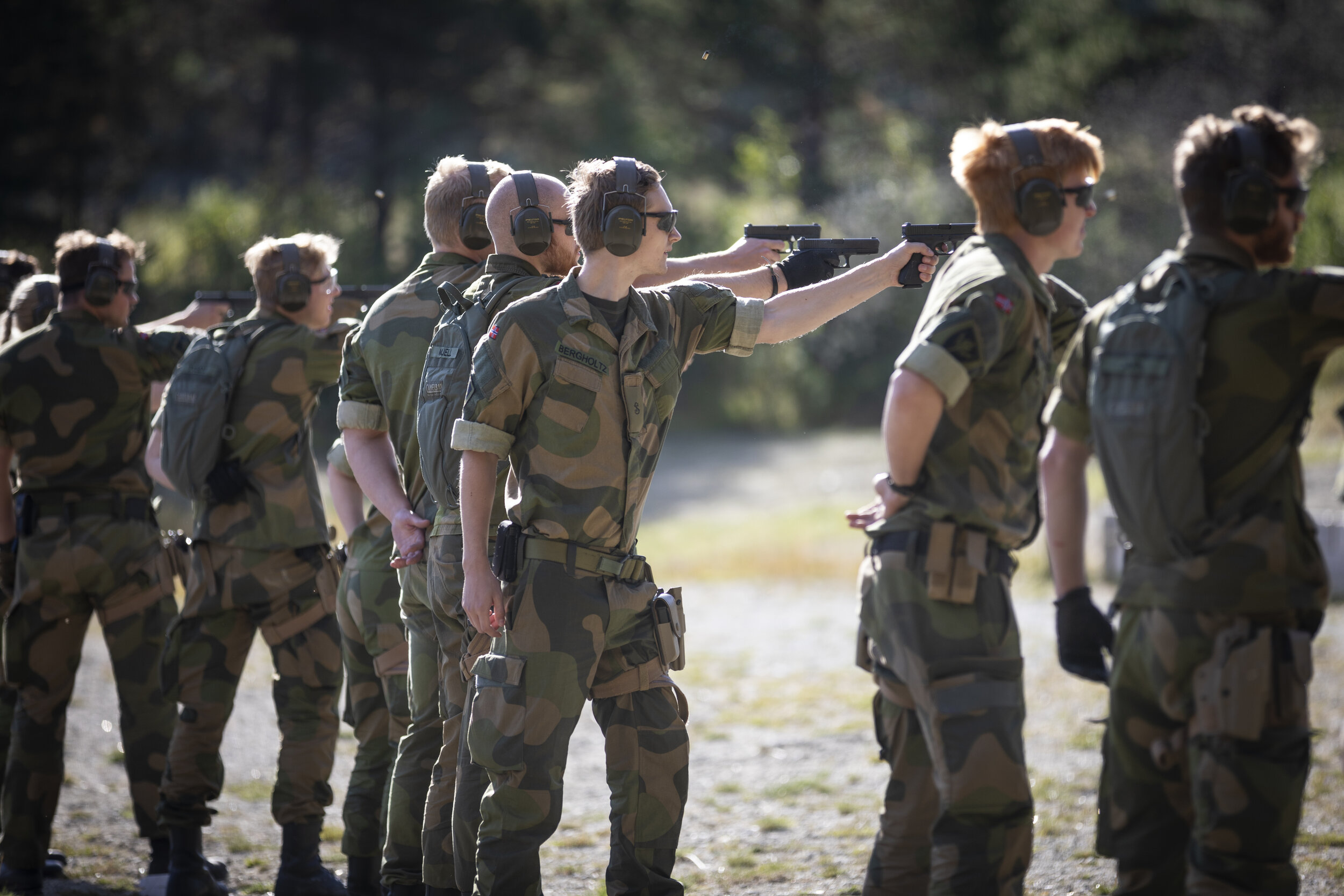
The helmet most commonly seen in these pictures is functionally a US M1 steel helmet, although they are mostly domestically produced. This is the case with a great number of post-war European countries and Norway is no different. Use of netting to add burlap “scrim” or local plants the helmet to aid concealment seems widespread, if not standard practice.
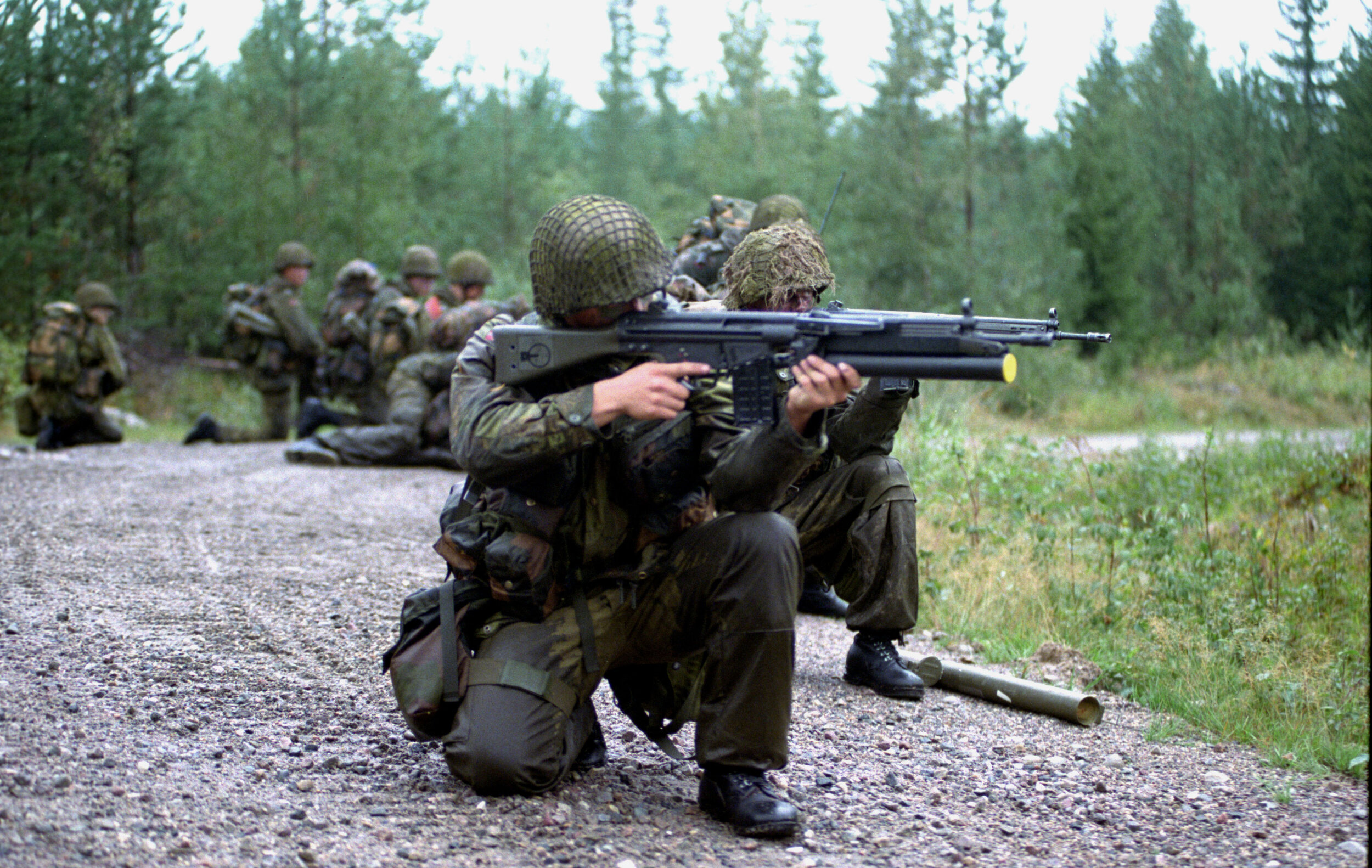
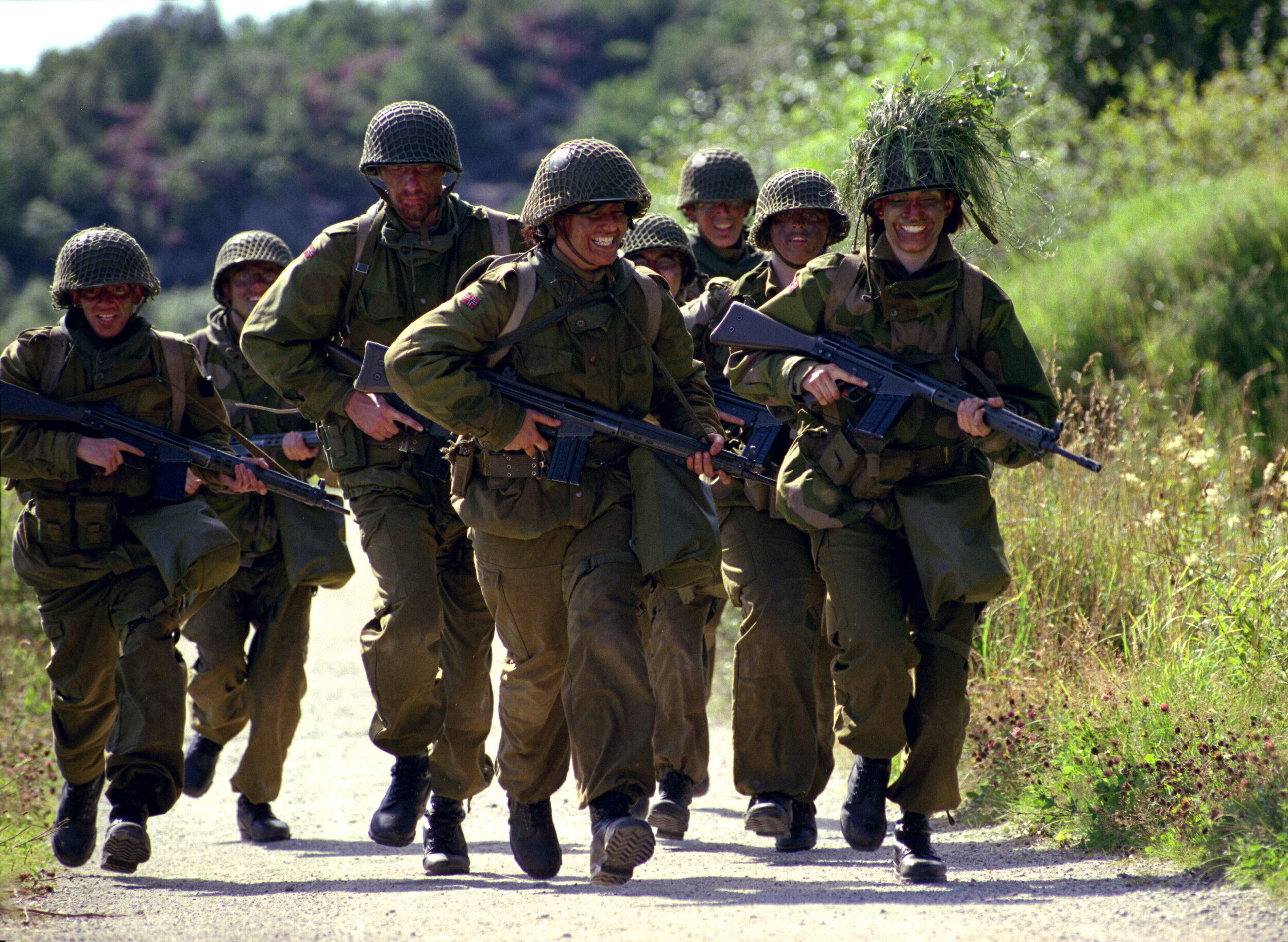
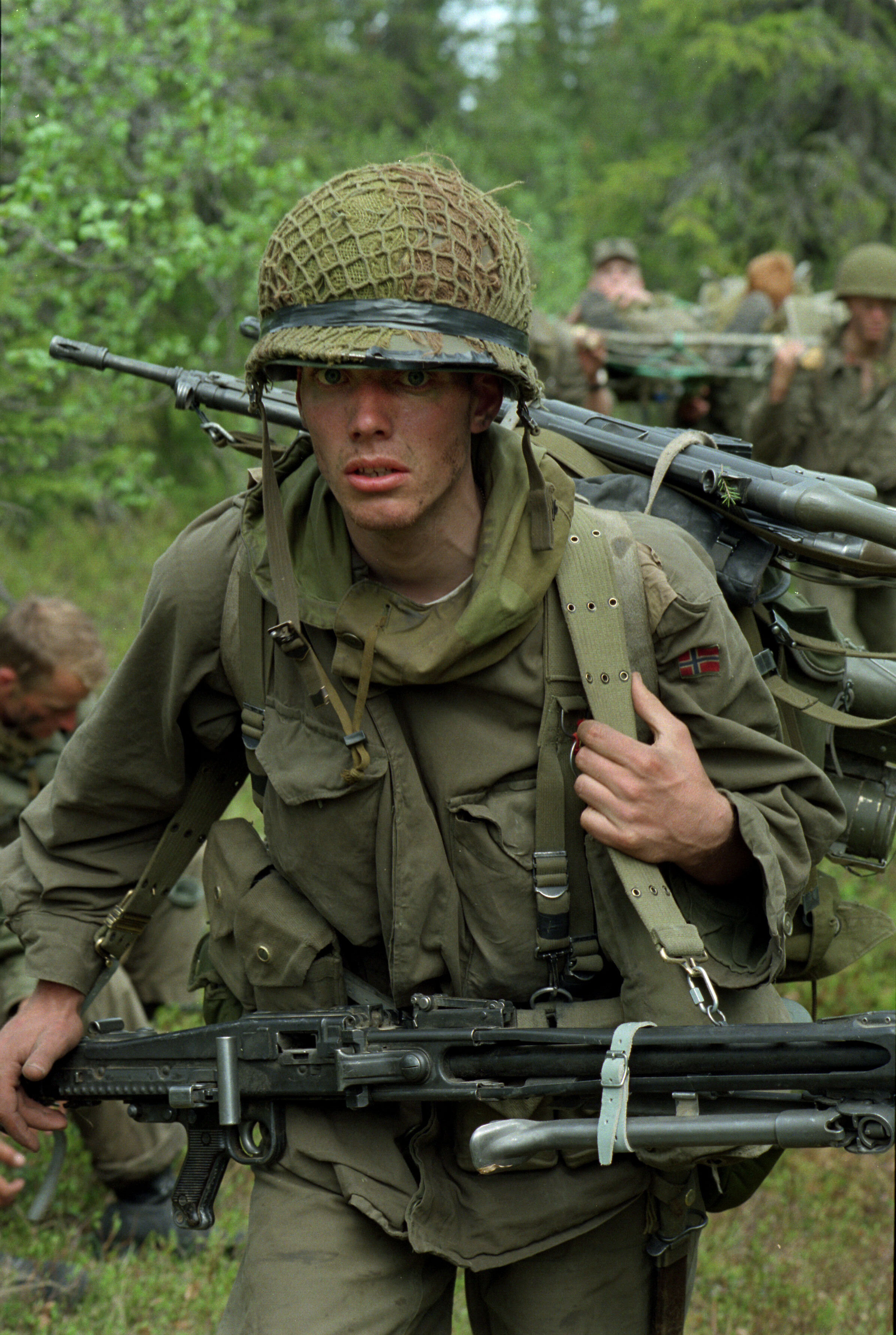
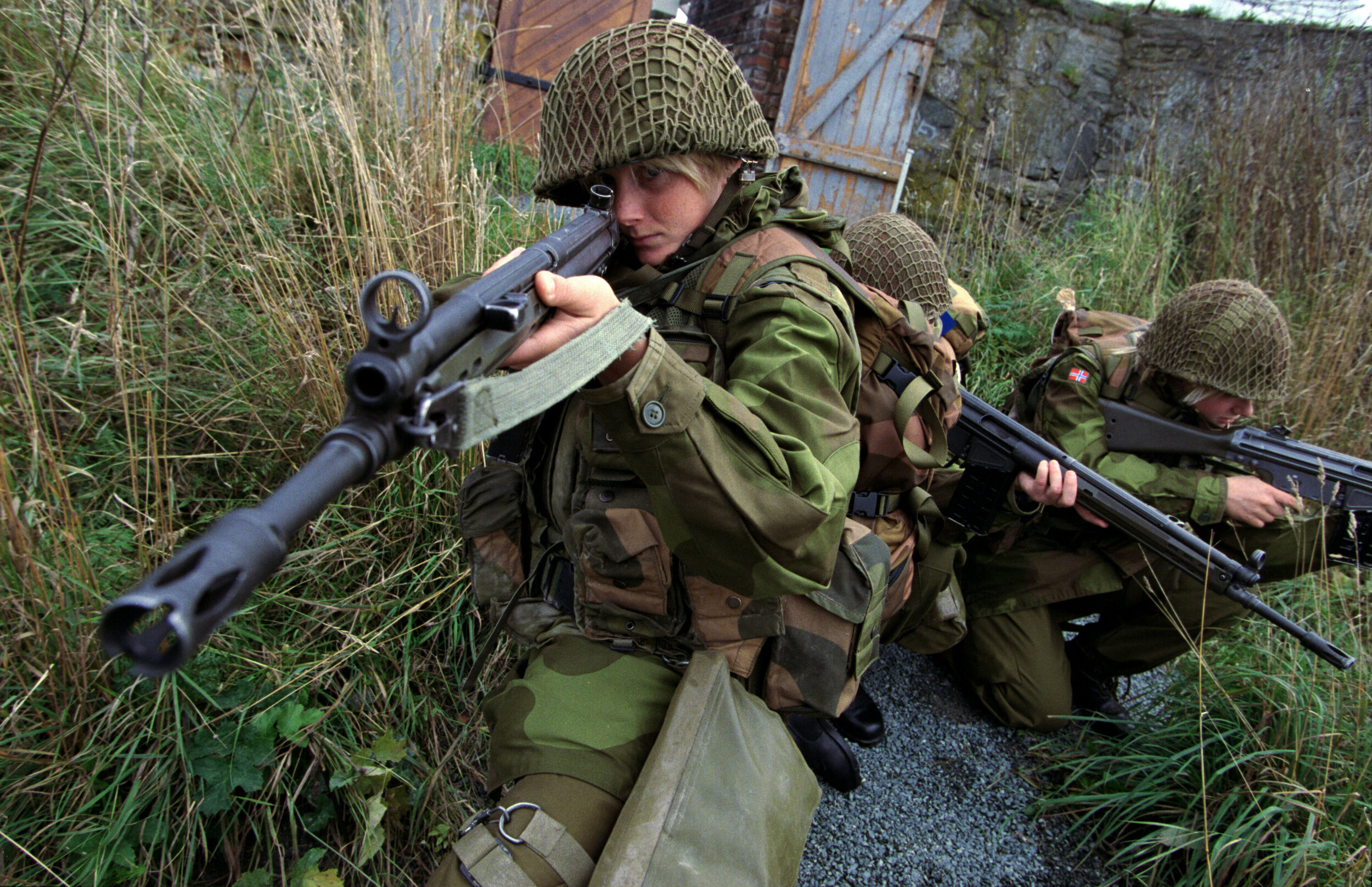
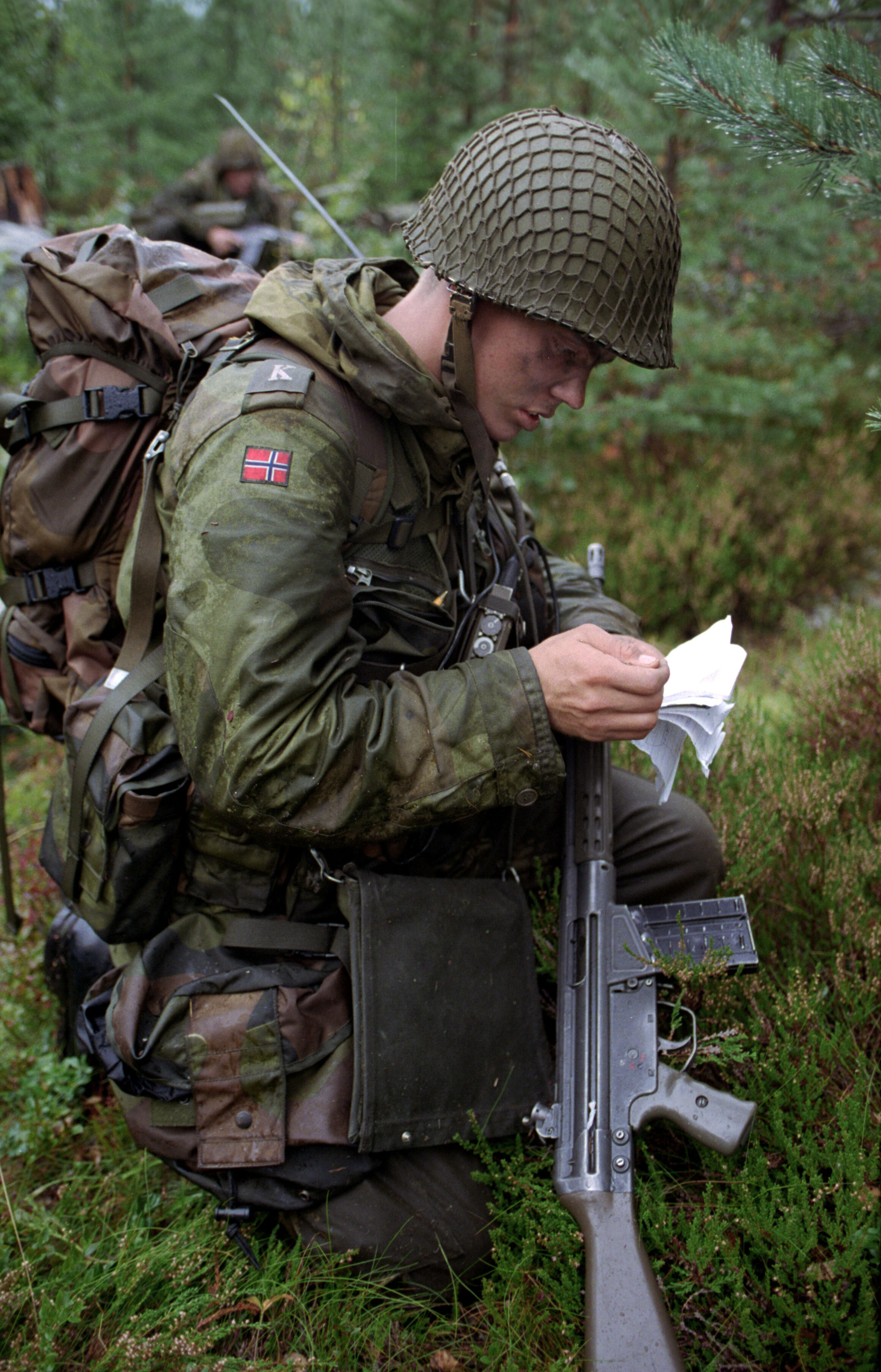
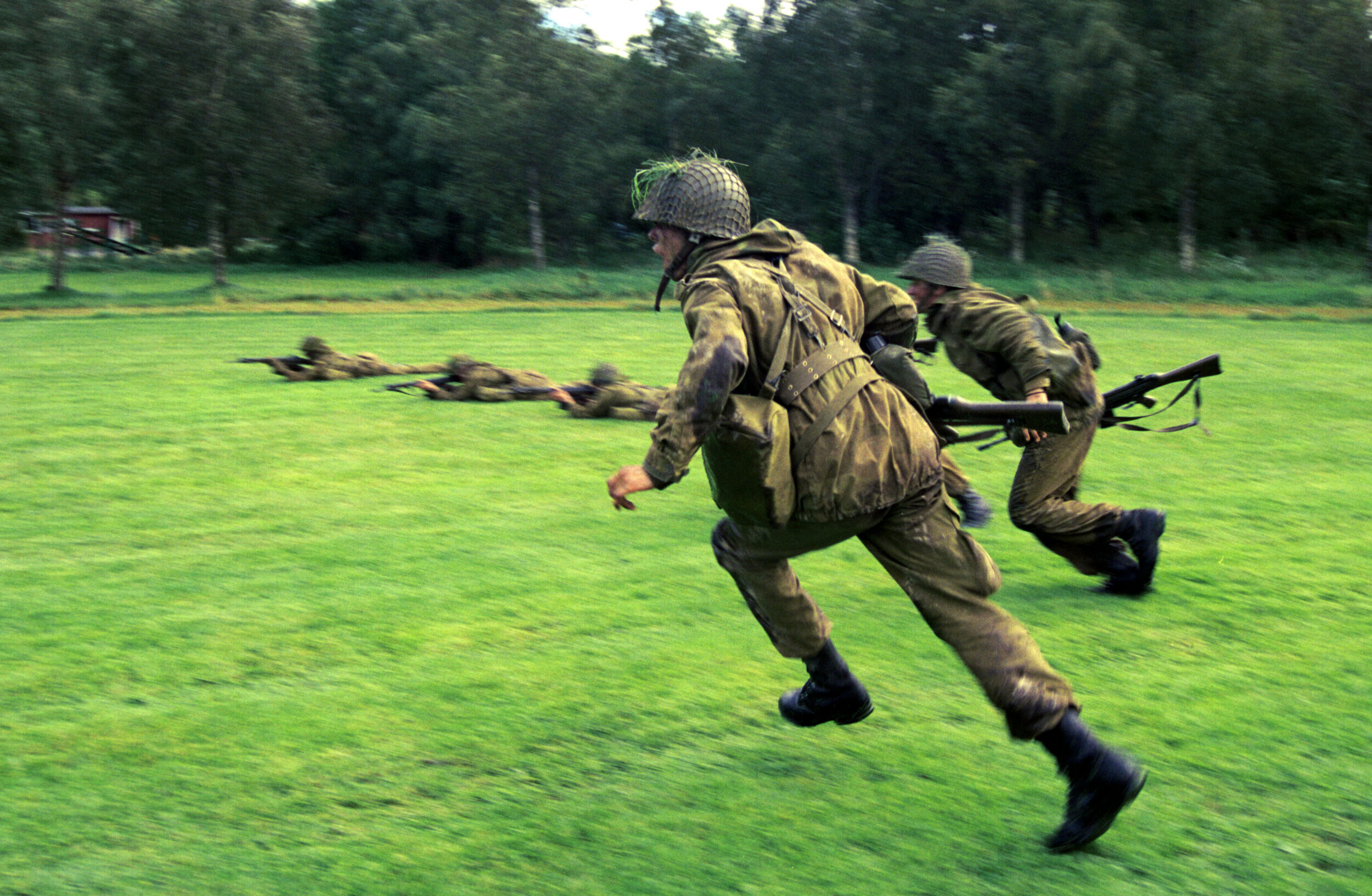
Finally, the rifle. The AG3 was adopted in 1967 and were all made domestically at Kongsberg Vapenfabrik under license from HK between 1967 and 1974. AG3 was subject to two upgrades before being replaced in frontline service by the HK 416 in 2007. First was AG3F1, where a collapsible stock was added to aid usability in tight spaces like armored personnel carriers. This stock also saw use by several other countries, with Germany being the widest adopter. The collapsible stock has been not-so-affectionately nicknamed the "meat tenderizer" due to its small surface area and grippy diamond pattern making quite the impression on the shooter’s shoulder behind the full-power 7.62x51 NATO cartridge. The later upgrade, AG3F2, retained the collapsible stock and added a 1913 picatinny rail for optical sights as well as a modular handguard both made by Brügger & Thomet of Switzerland. The handguard is the model BT-21042, and the rail mount is the BT-21174. In a future article, I'll break down the mechanics of the G3 as well as its German upgrades and the other countries that adopted it.
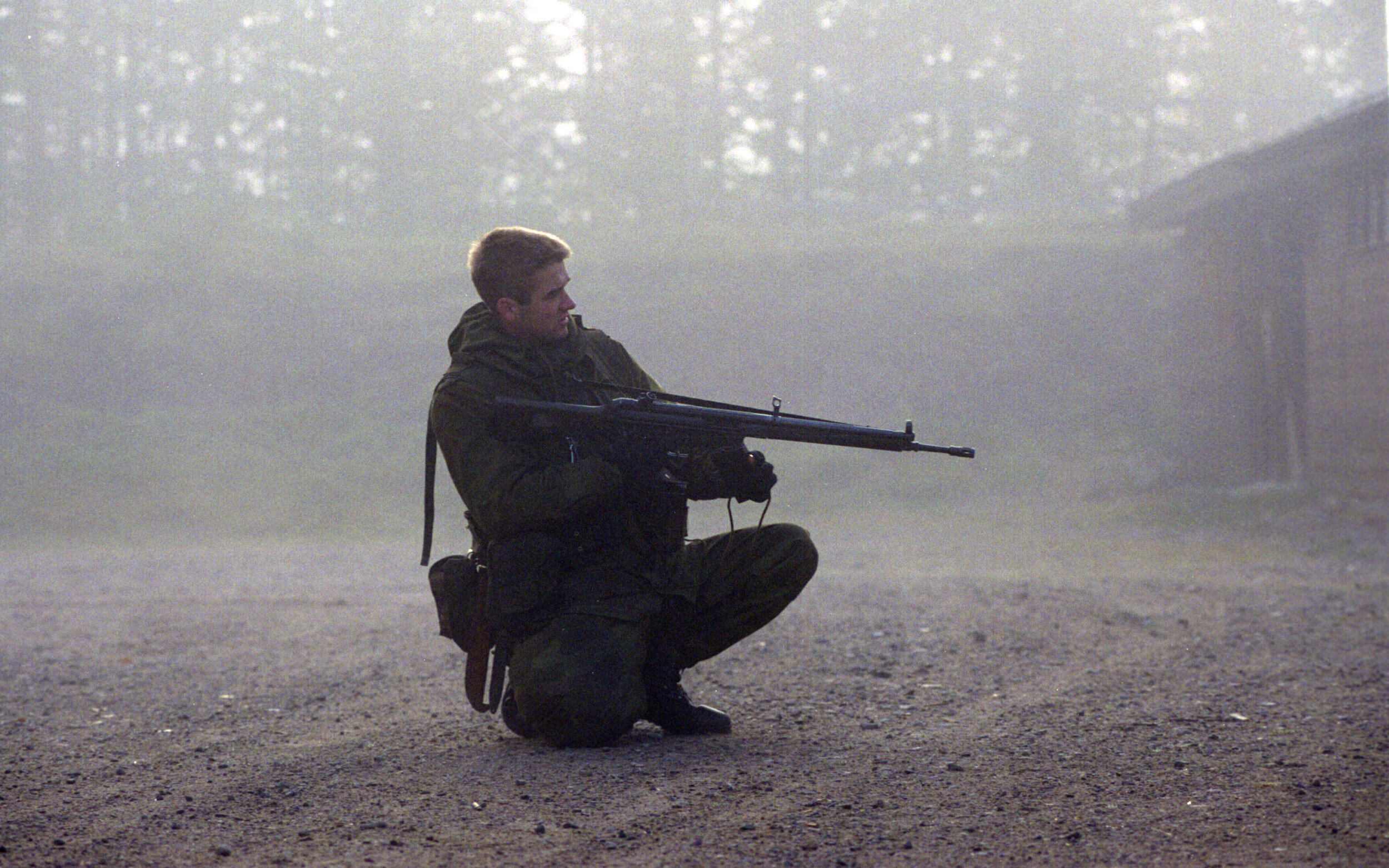

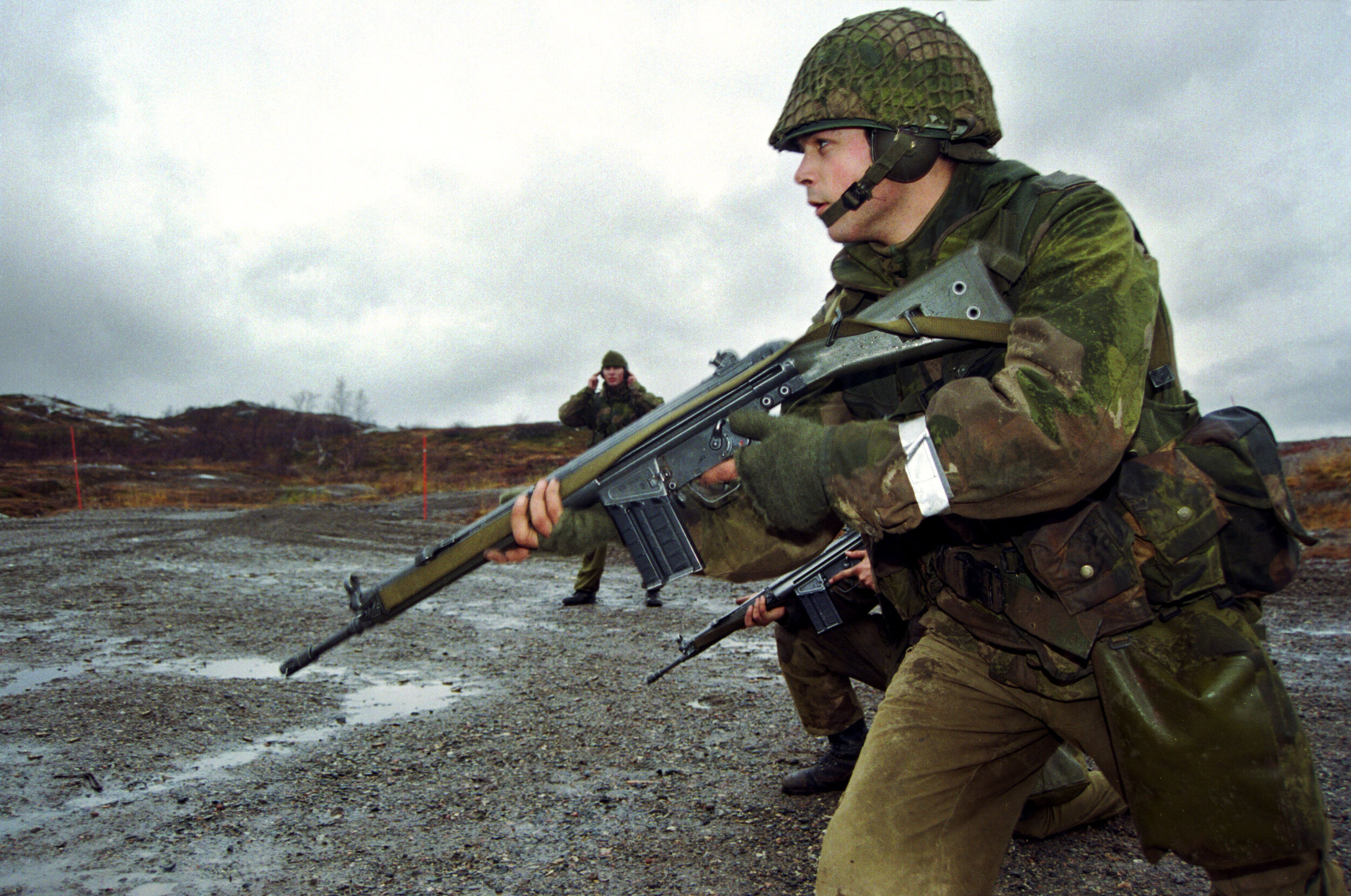
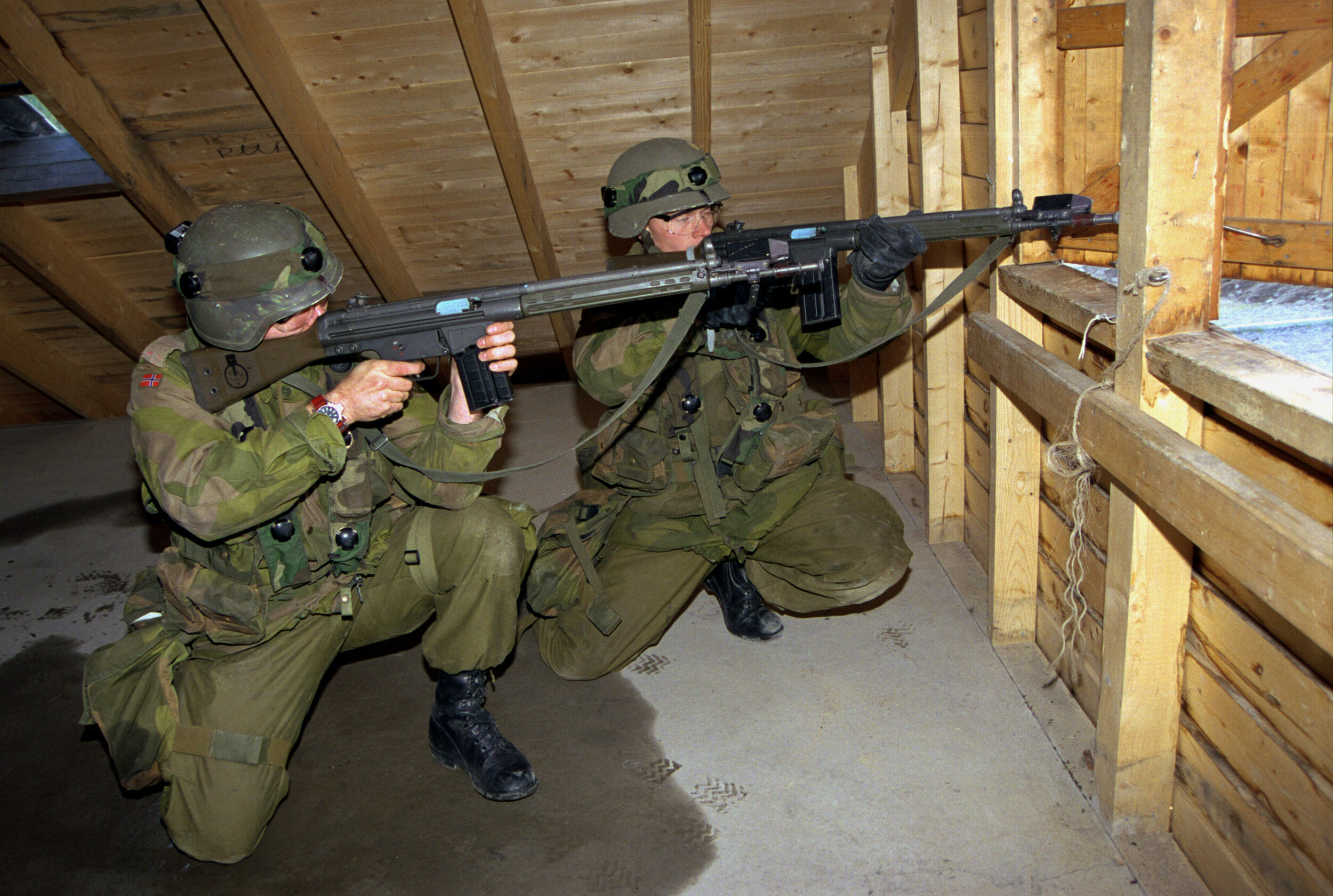
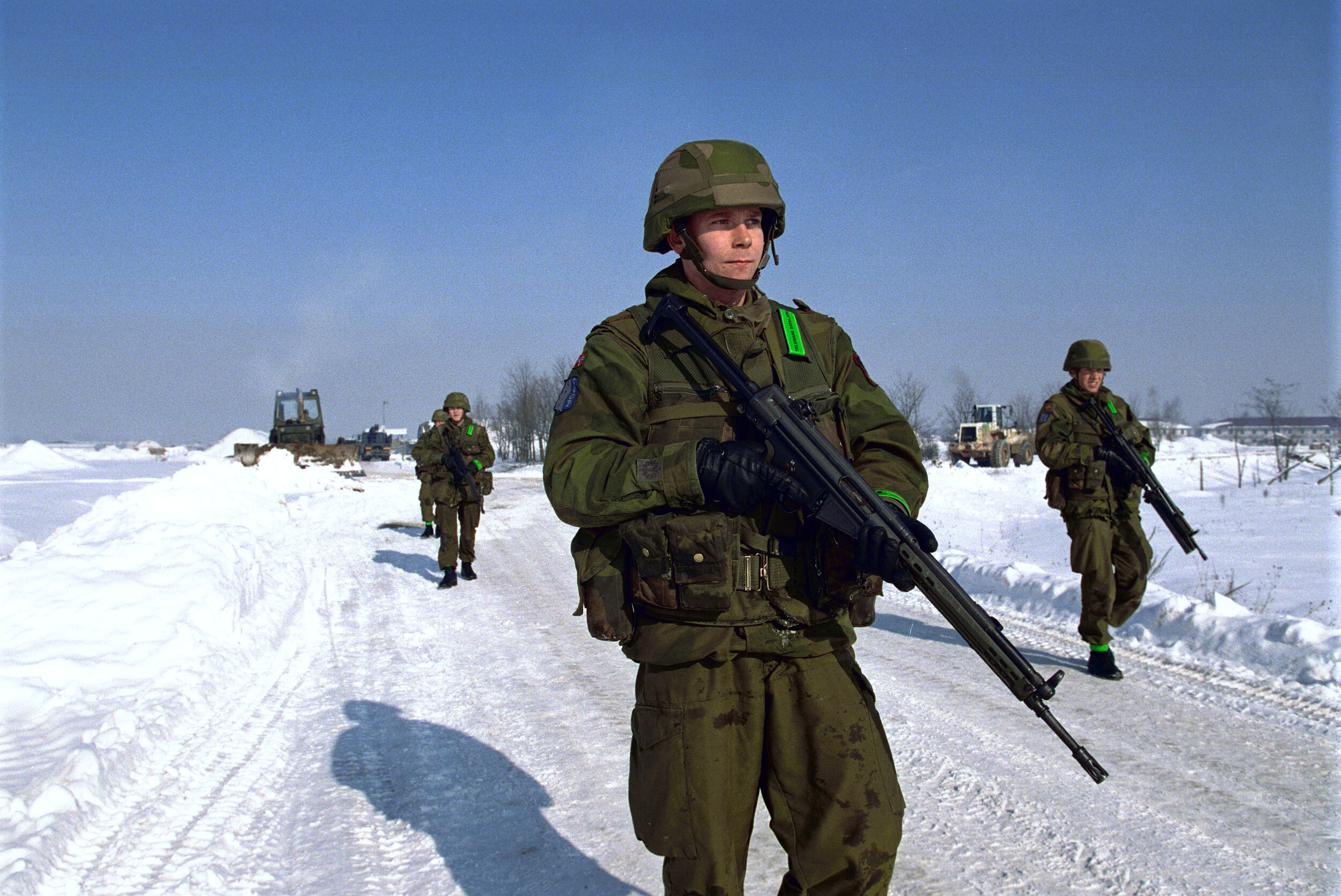
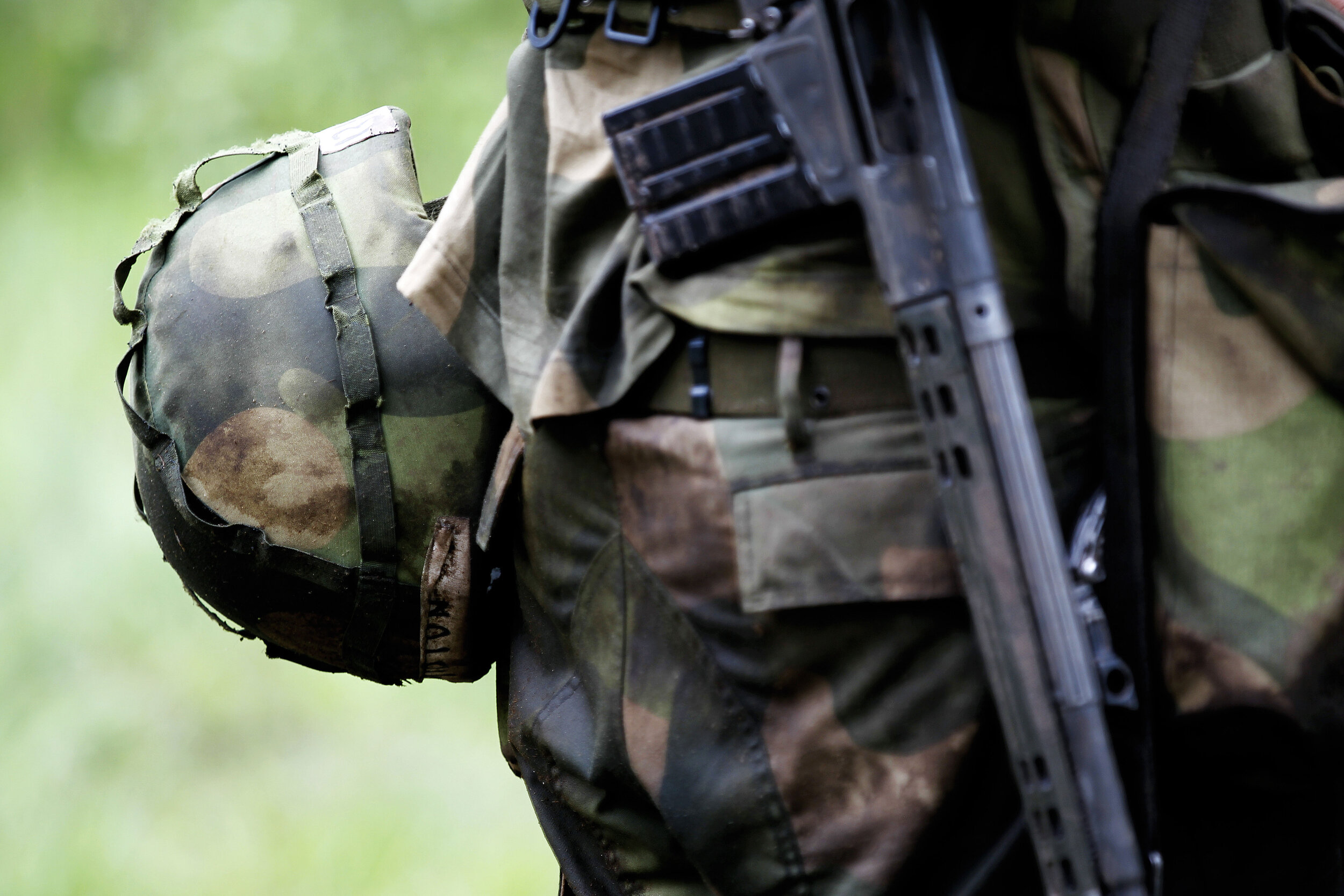
As with most other western countries, the old web gear was widely replaced by mass issue of modern body armor and plate carriers, although the Home Guard now uses a vest system commonly referred to as the "fishing vest." Many of the uniform changes happened as a result of lessons learned during the Global War on Terror, in which Norway was one of the earlier coalition countries to fight in the Middle East. Lacking a suitable desert uniform, Norwegian troops commonly used American 3-color or 6-color desert BDUs in Iraq and Afghanistan in 2003/2004 before the adoption of the M04 uniform and the Norwegian Desert camouflage pattern. The AG3 is still in service with Home Guard units and sees occasional deployment abroad as a designated marksman's rifle, similar to G3A4 in German service or the M14/M21 EBR in American service. I'll also discuss the use of Cold War battle rifles pressed into modern service in a separate article at a later date.
